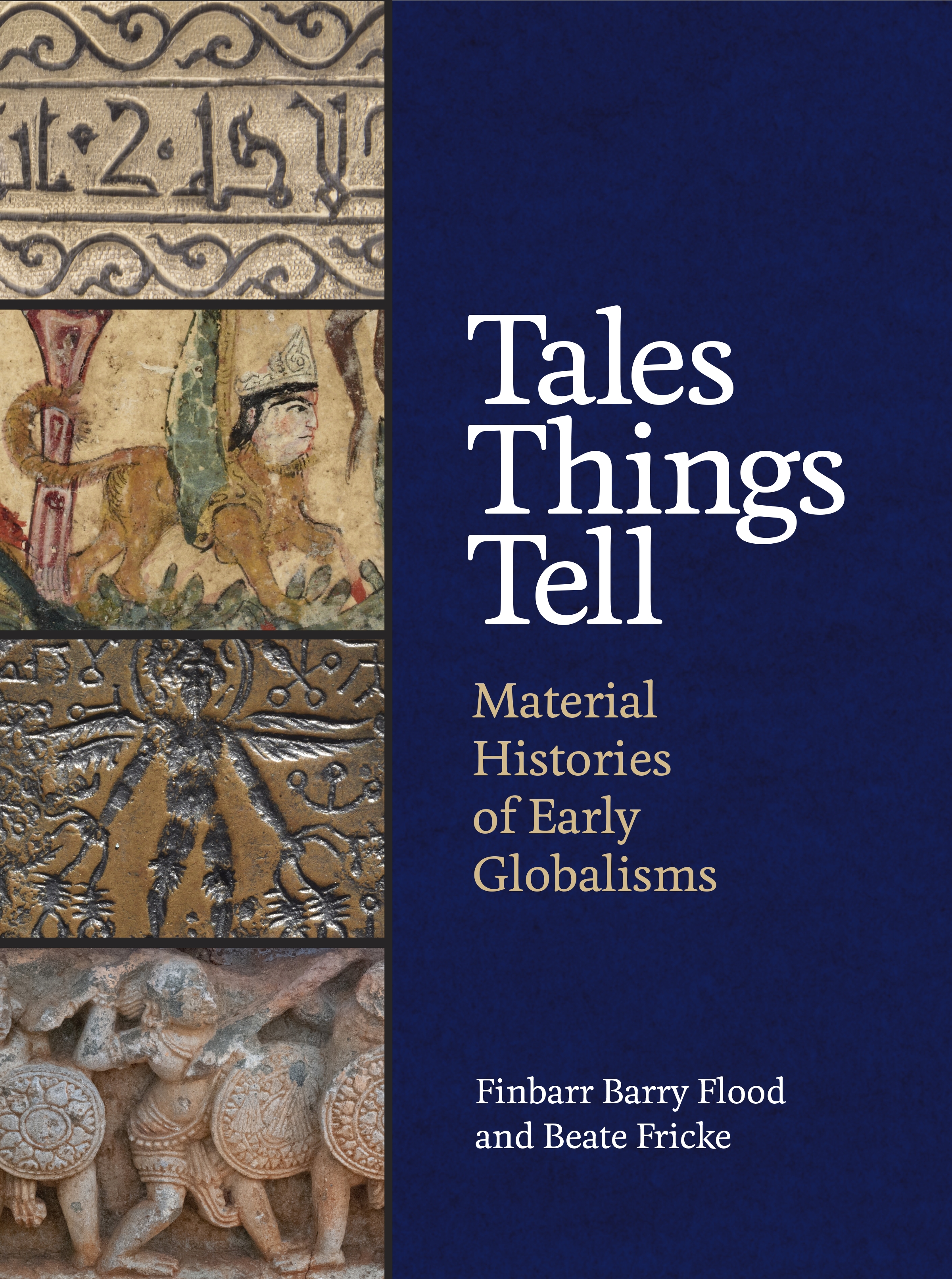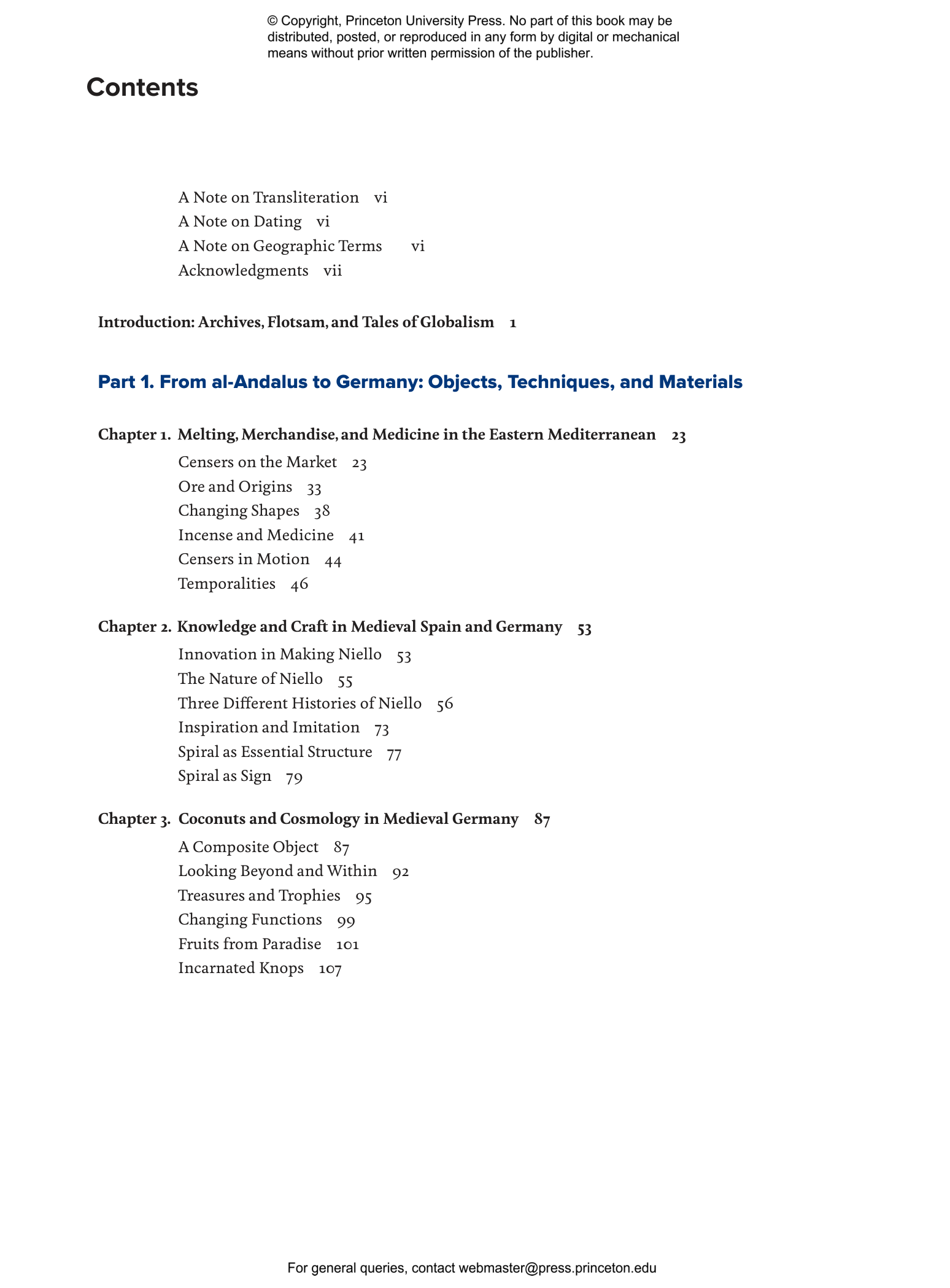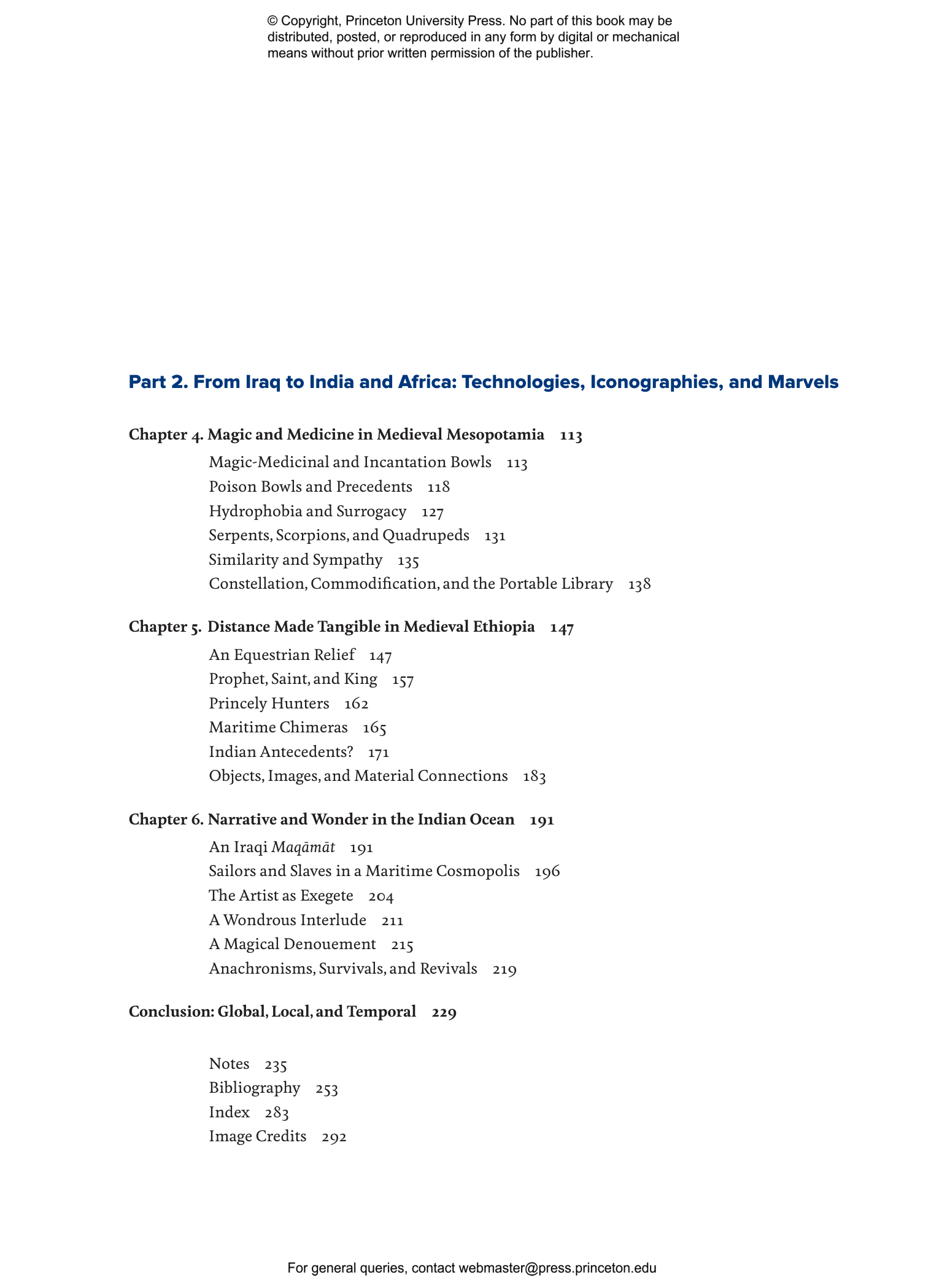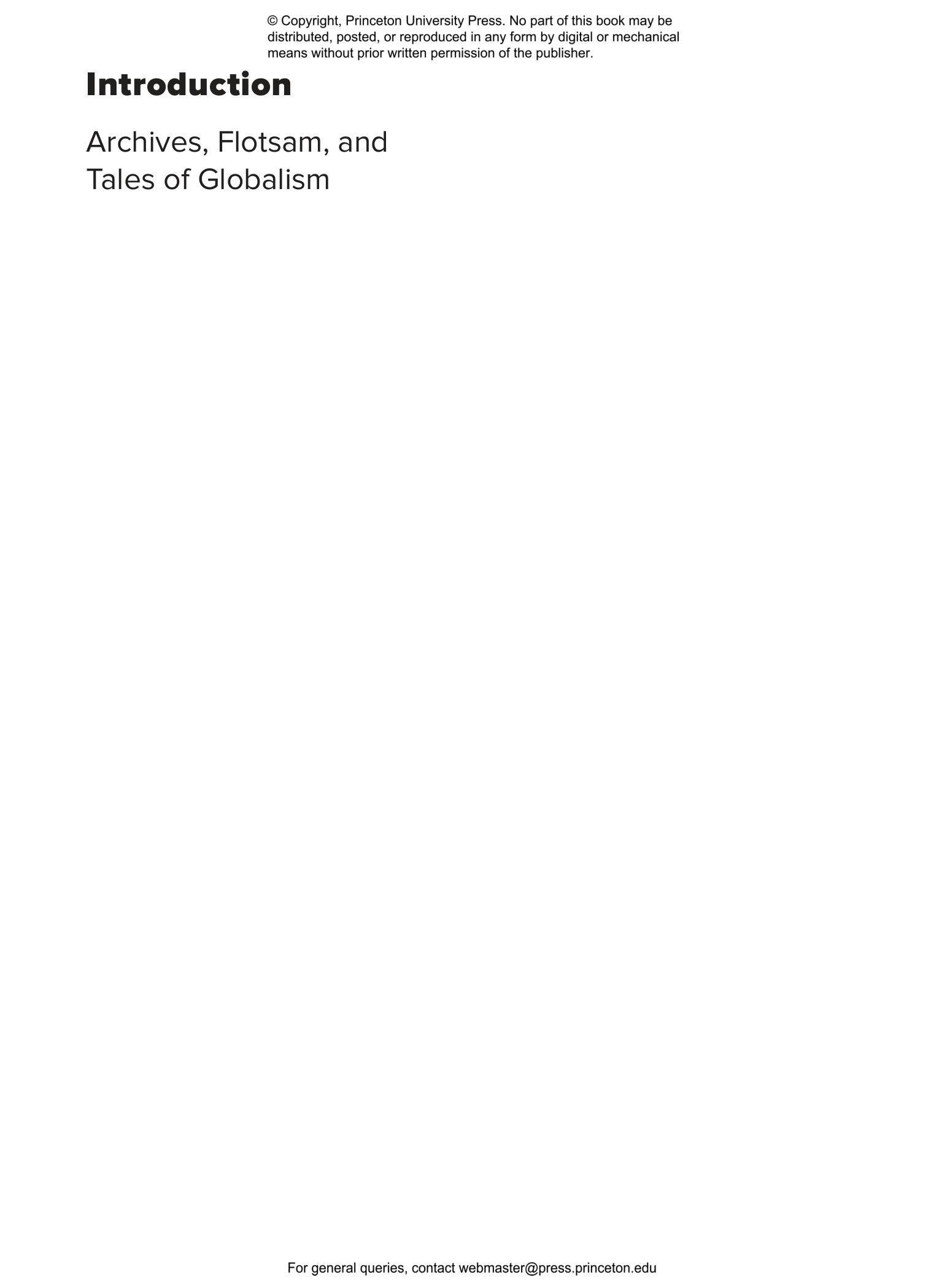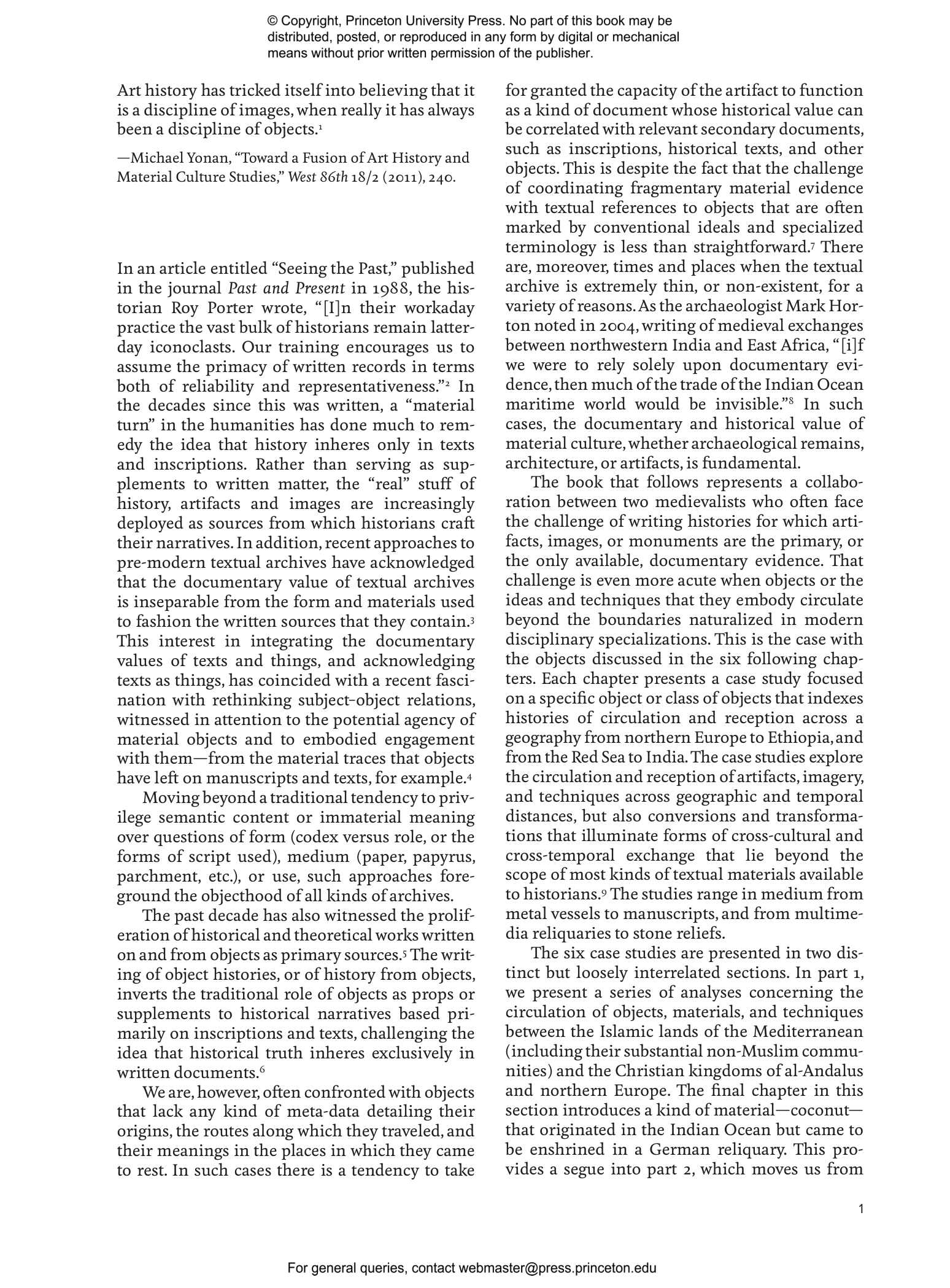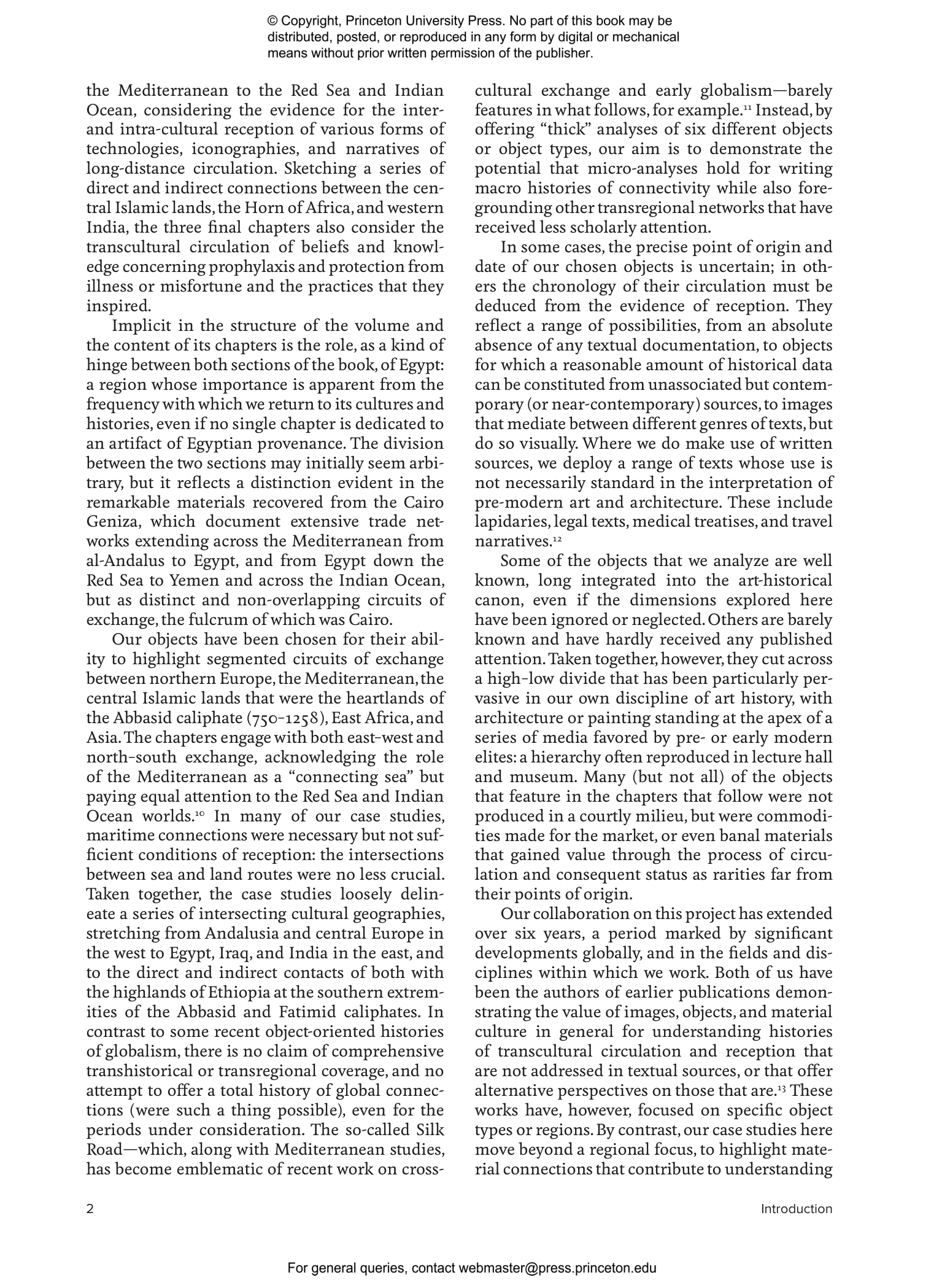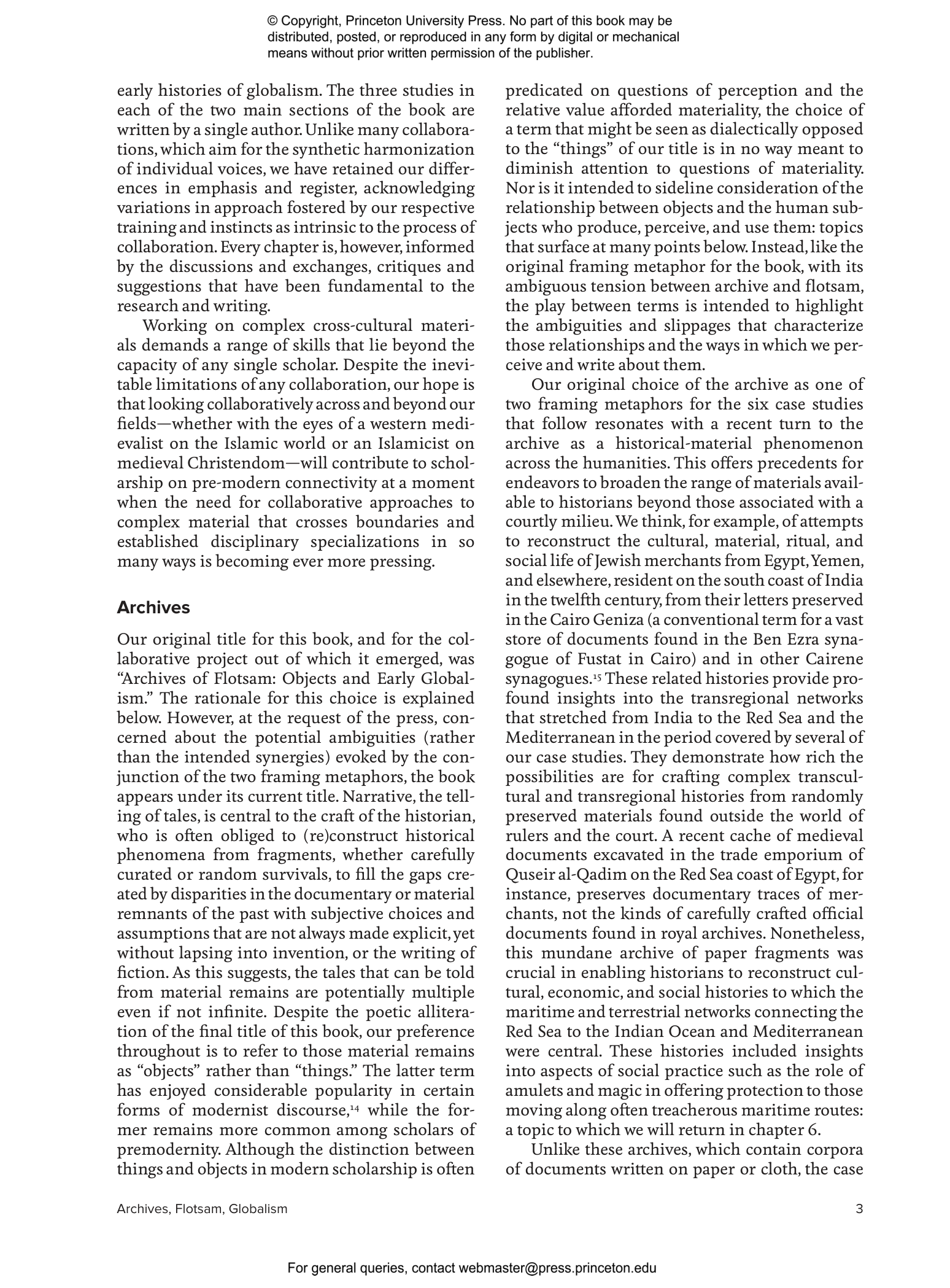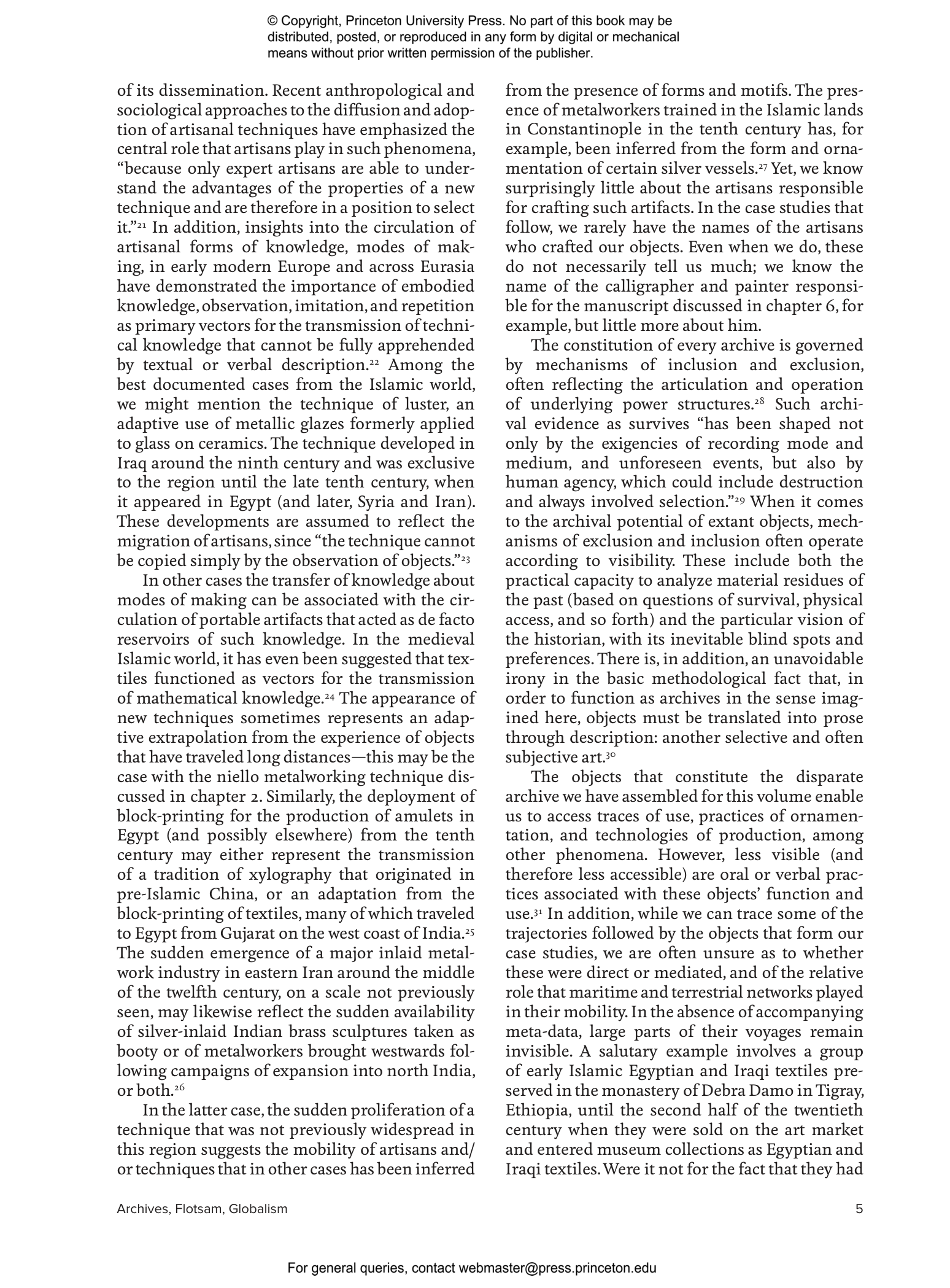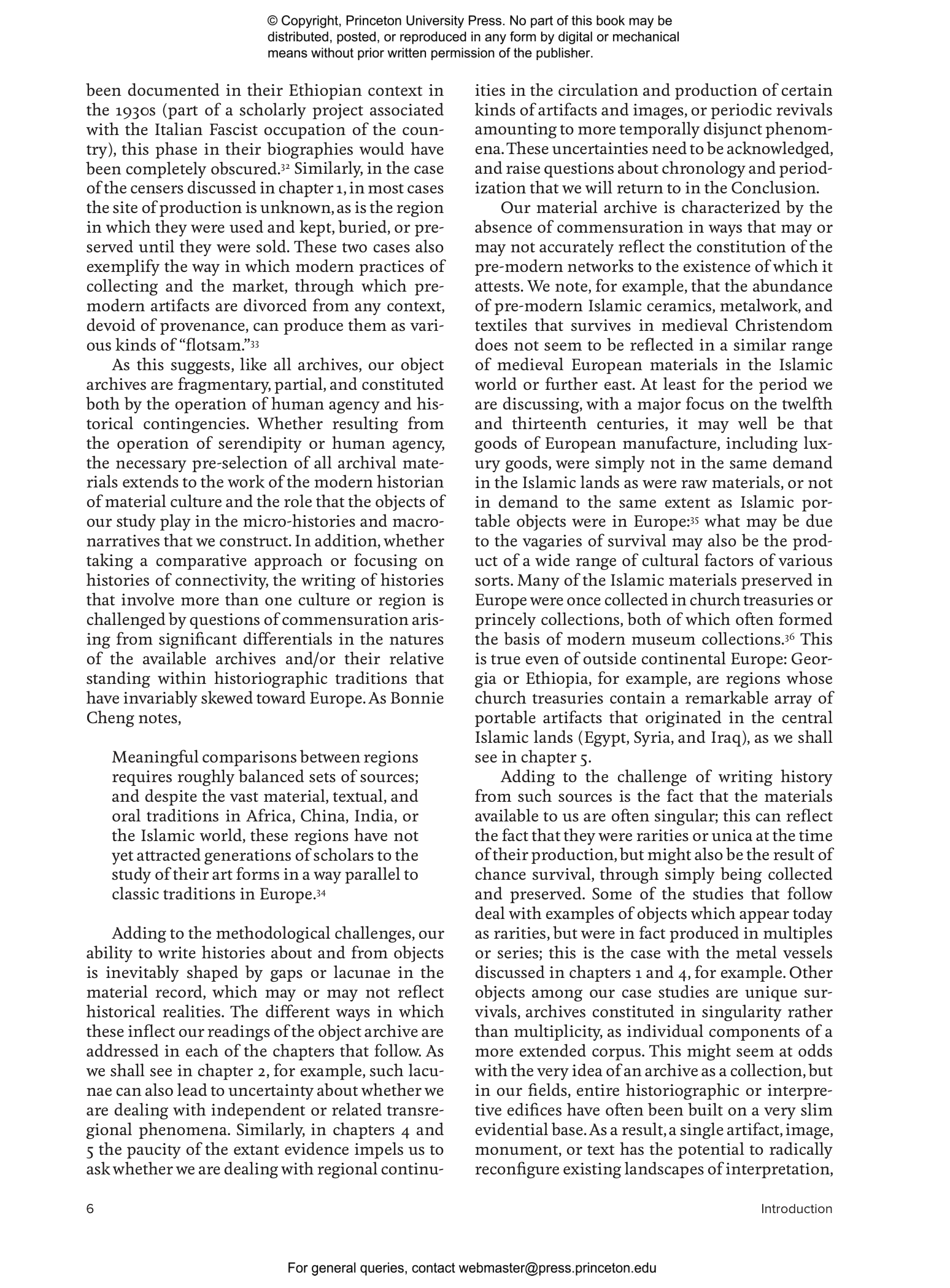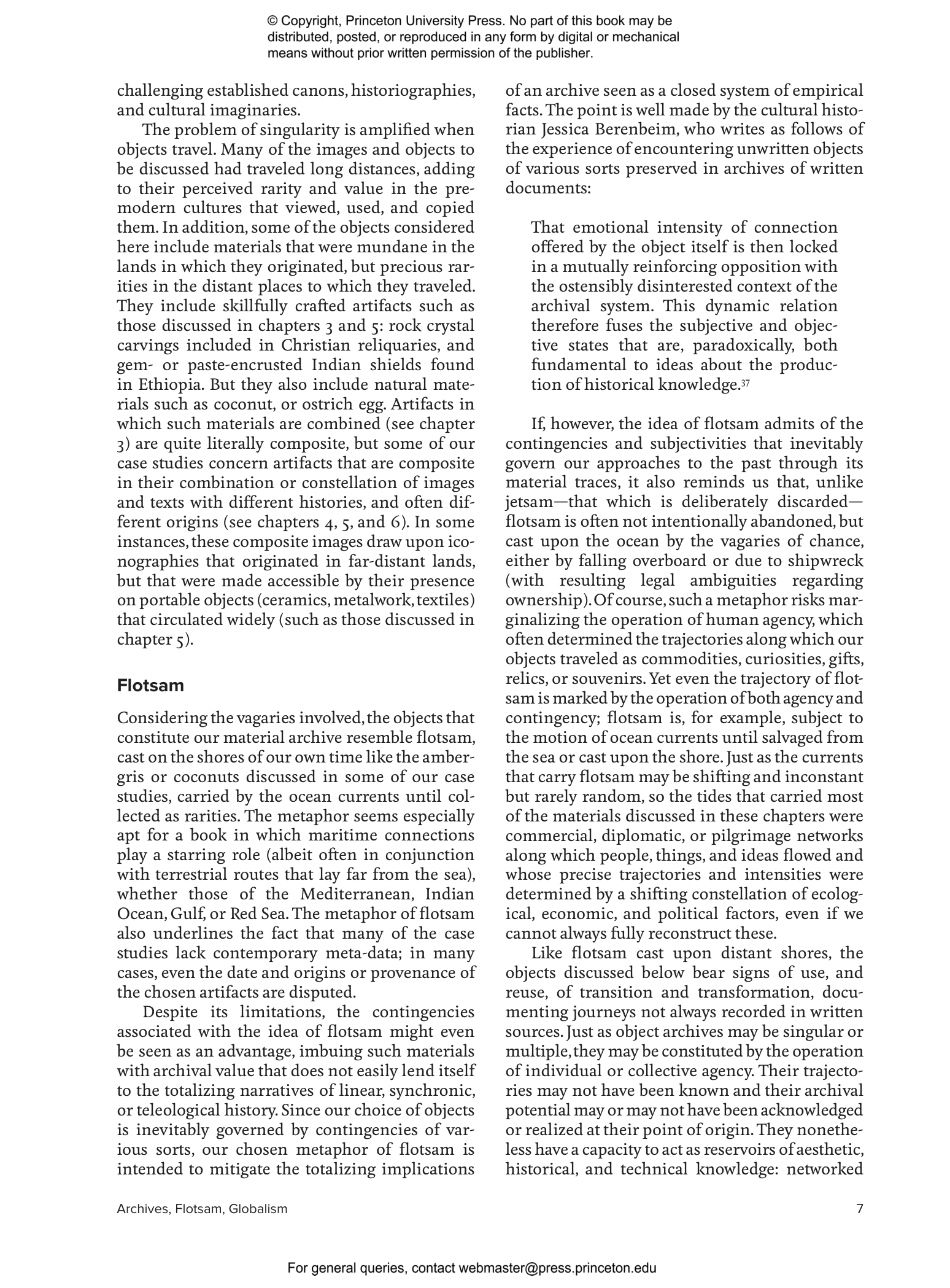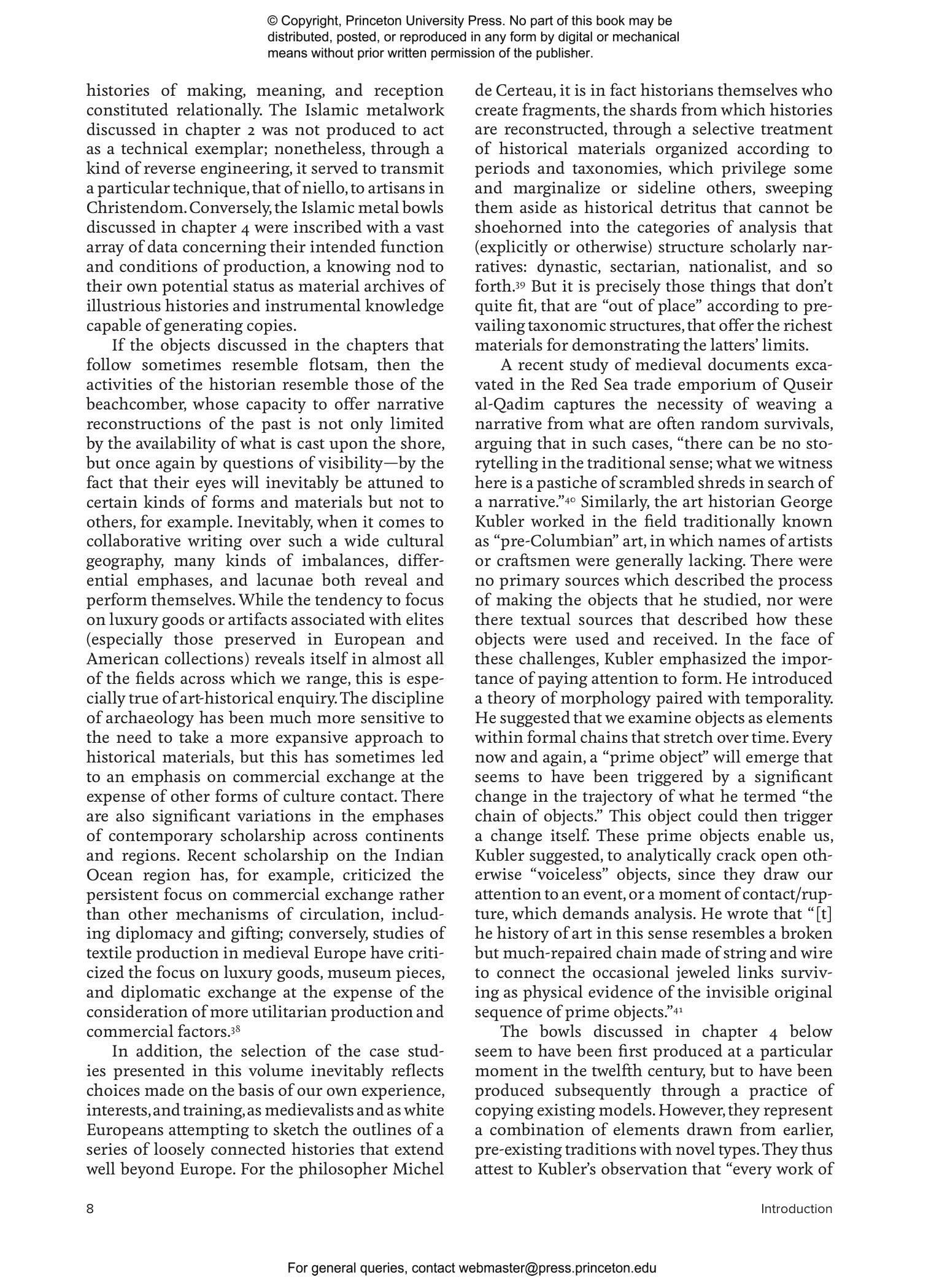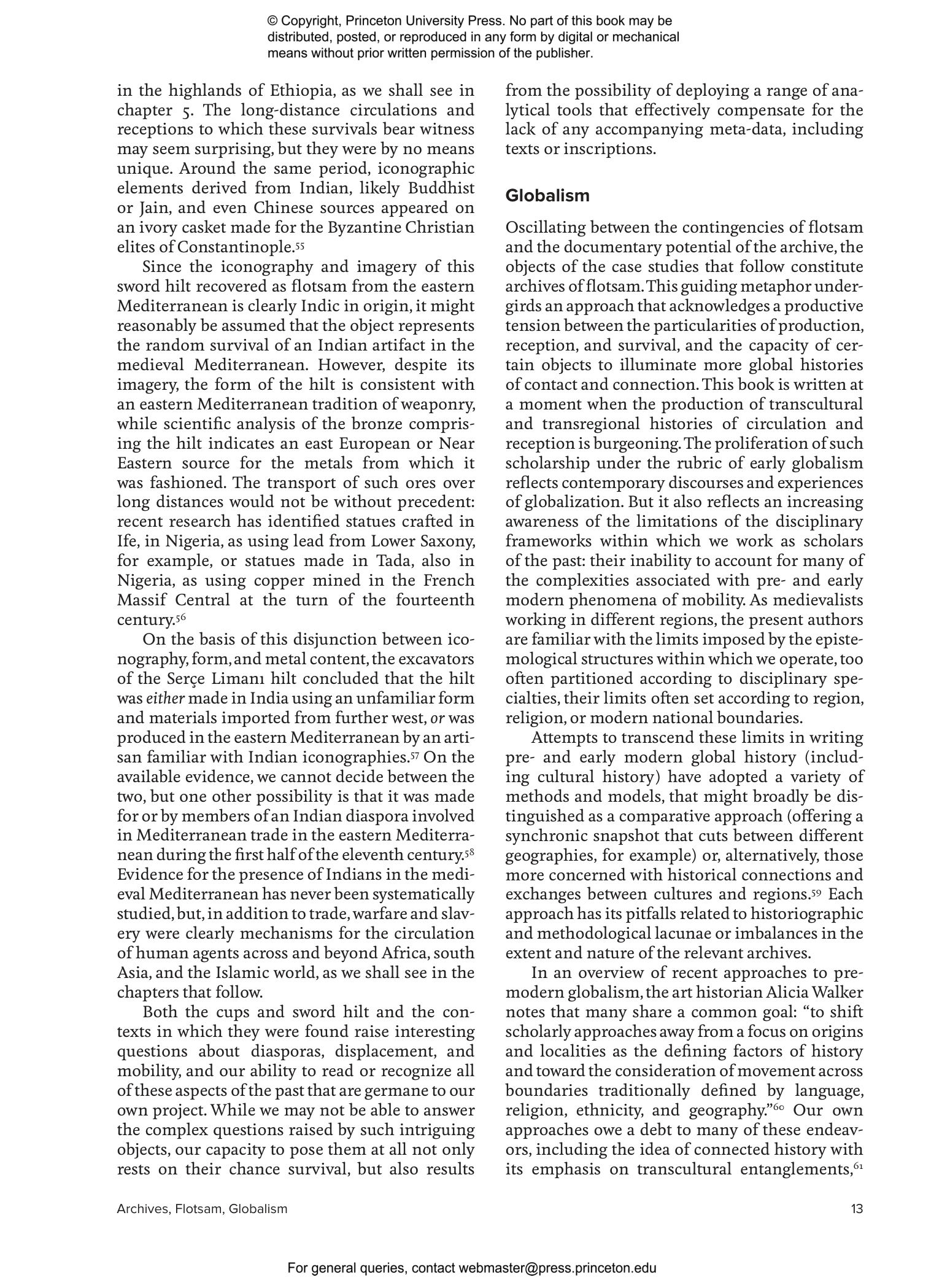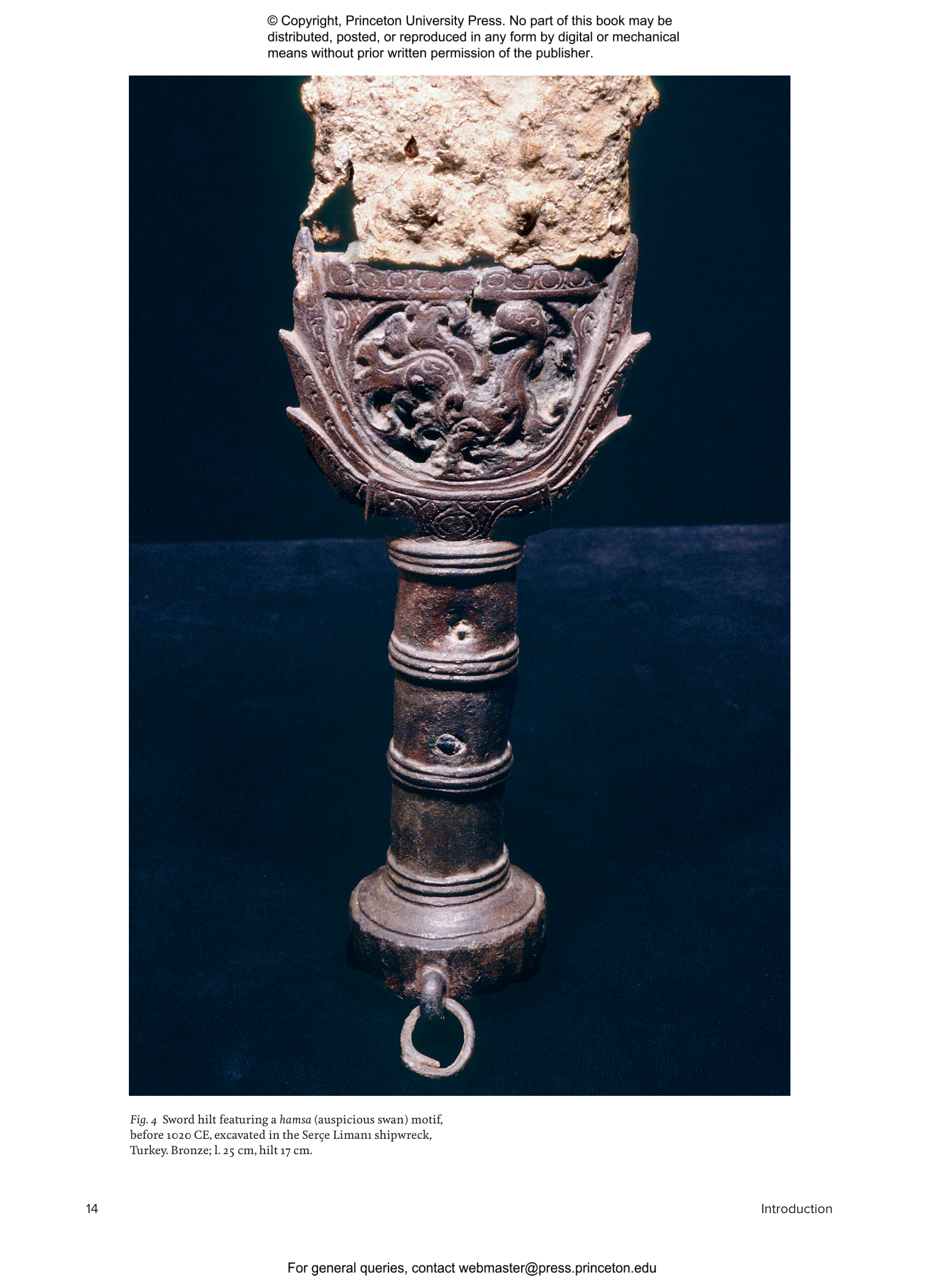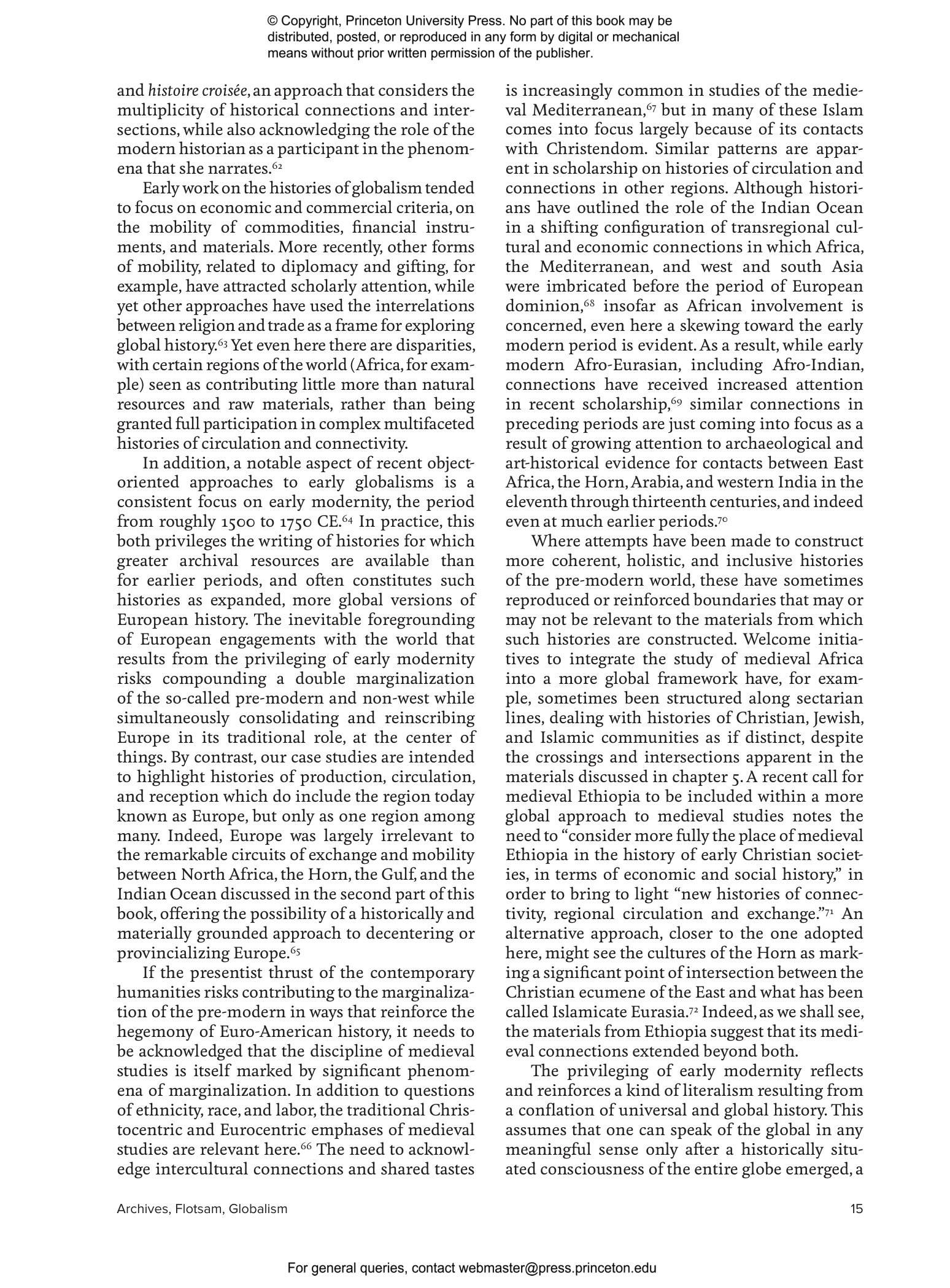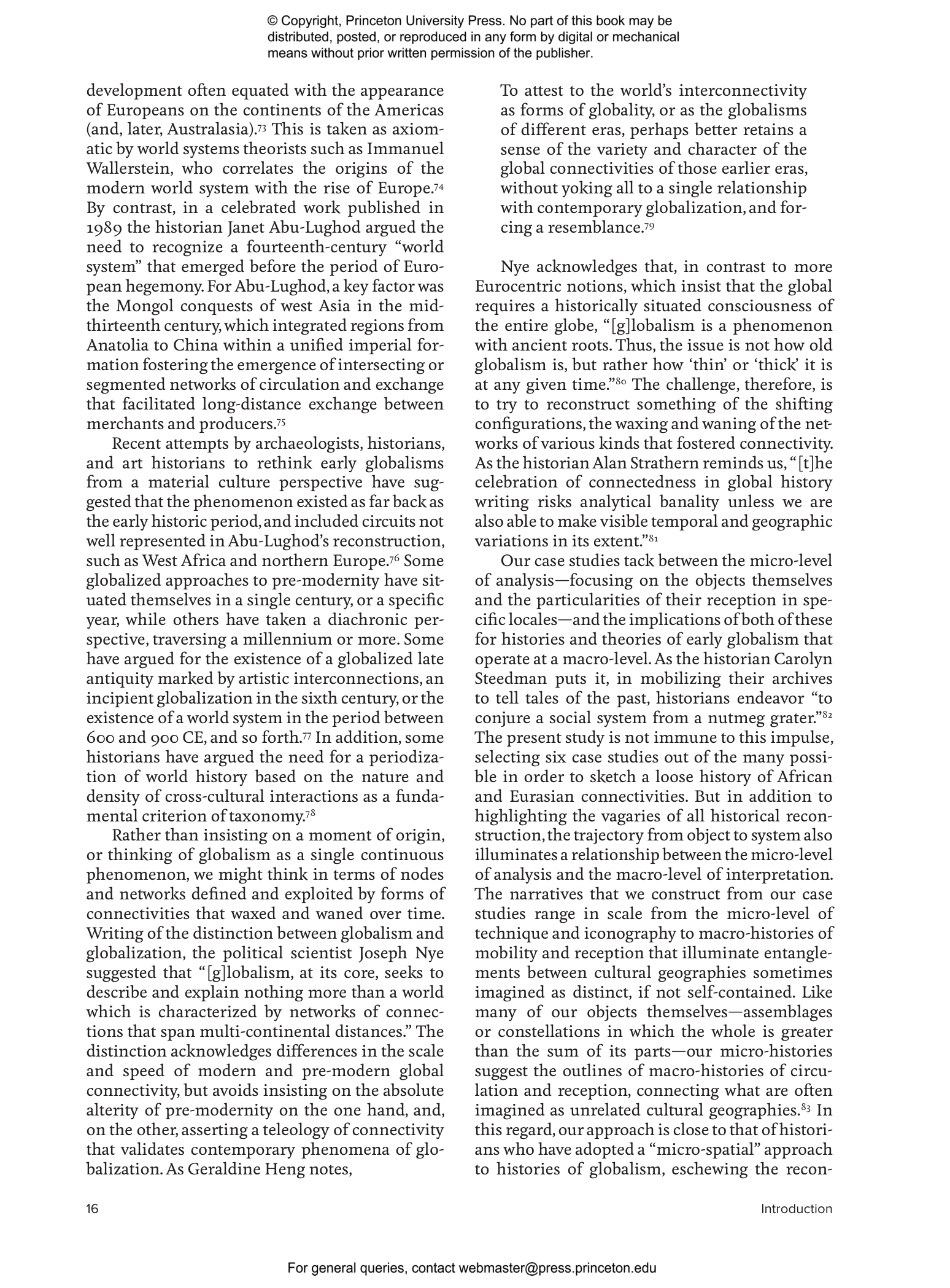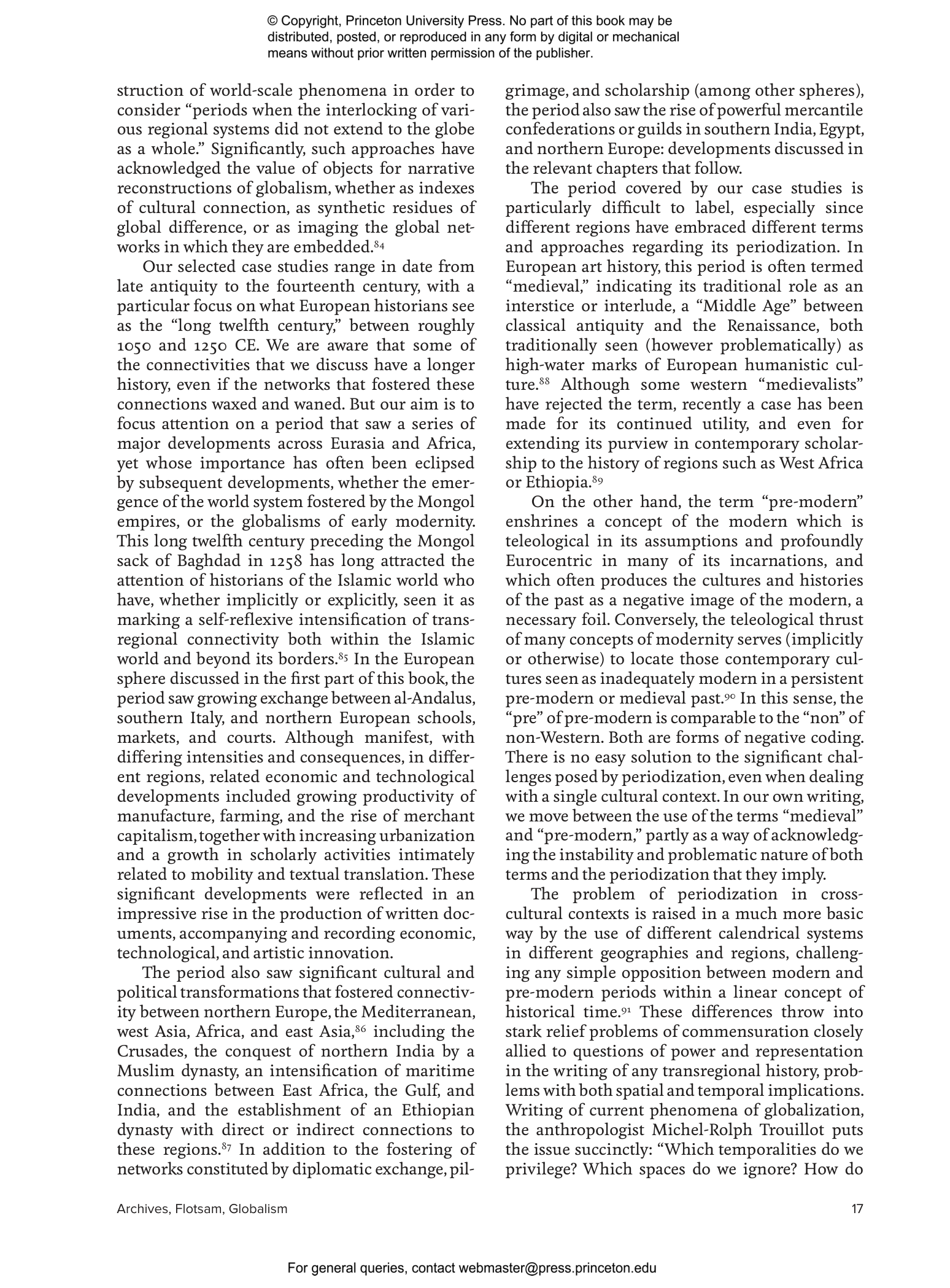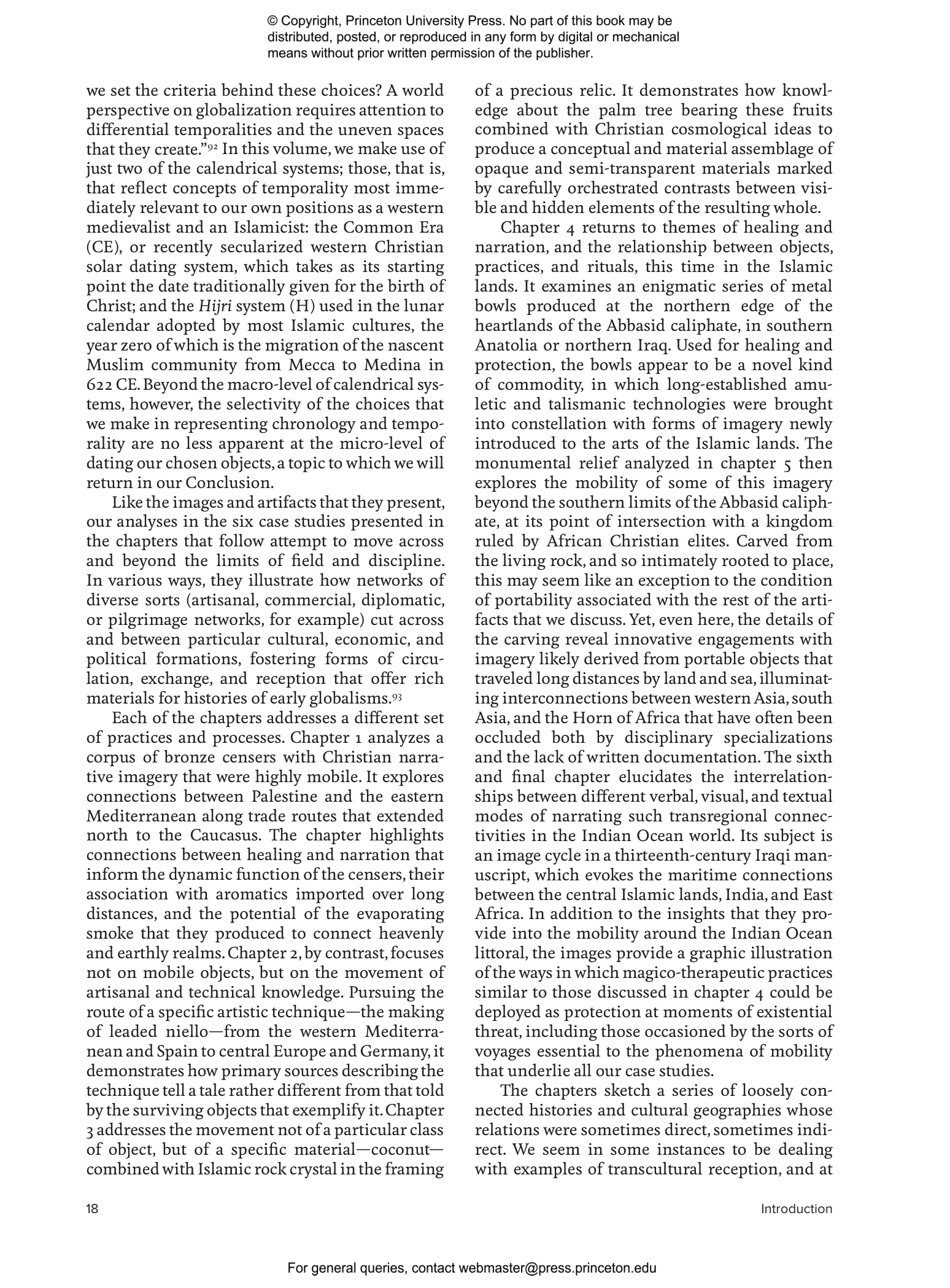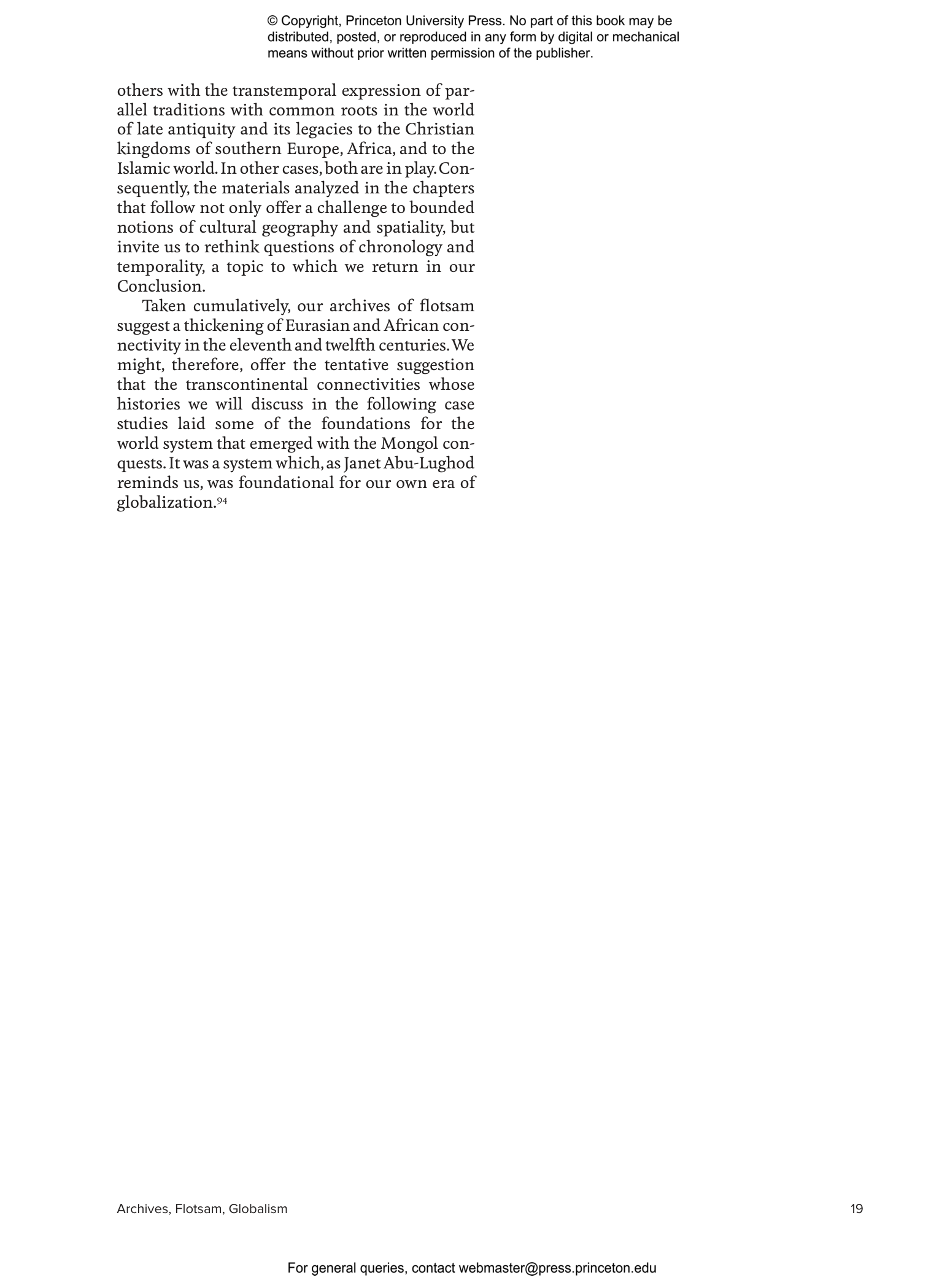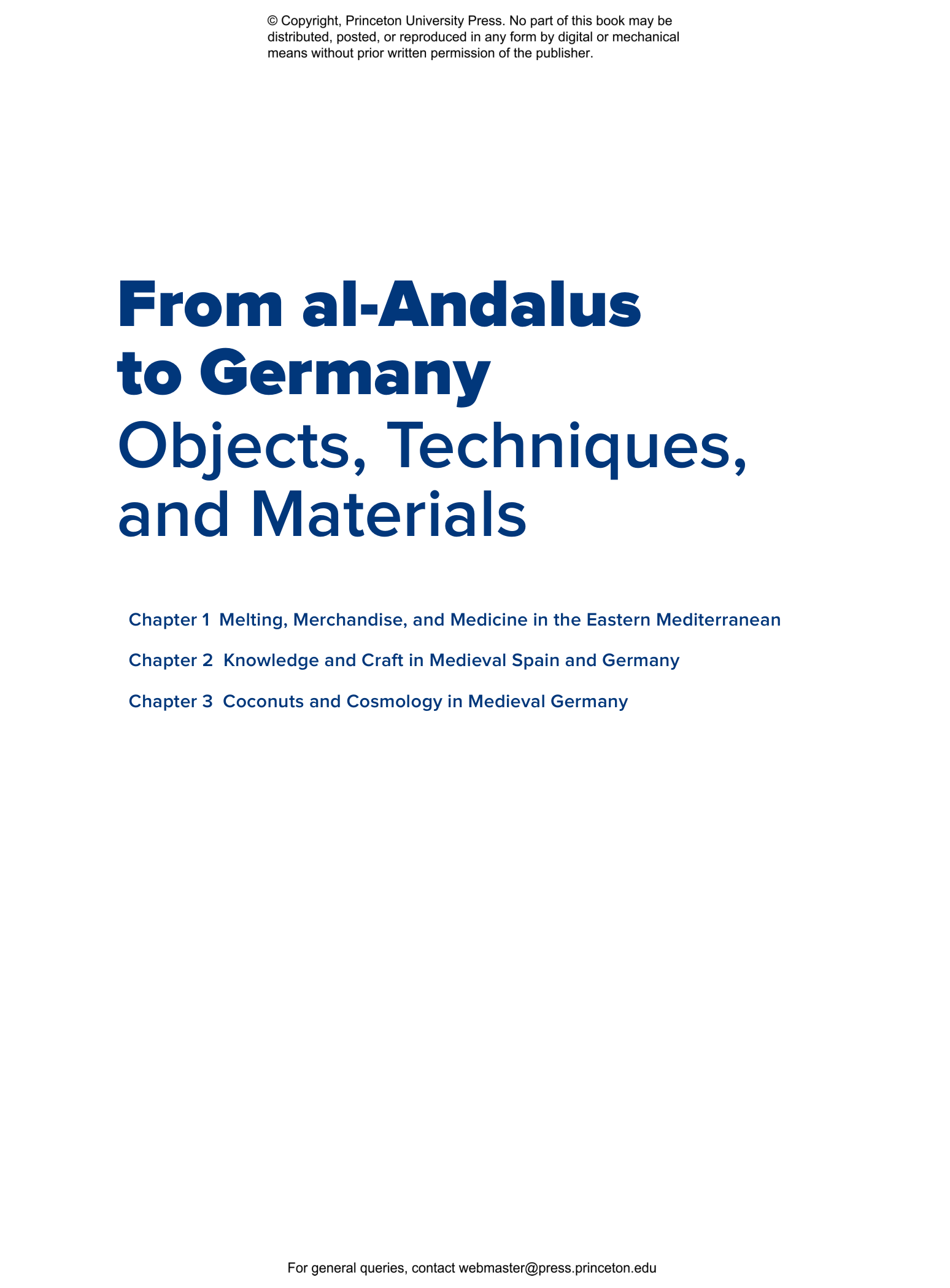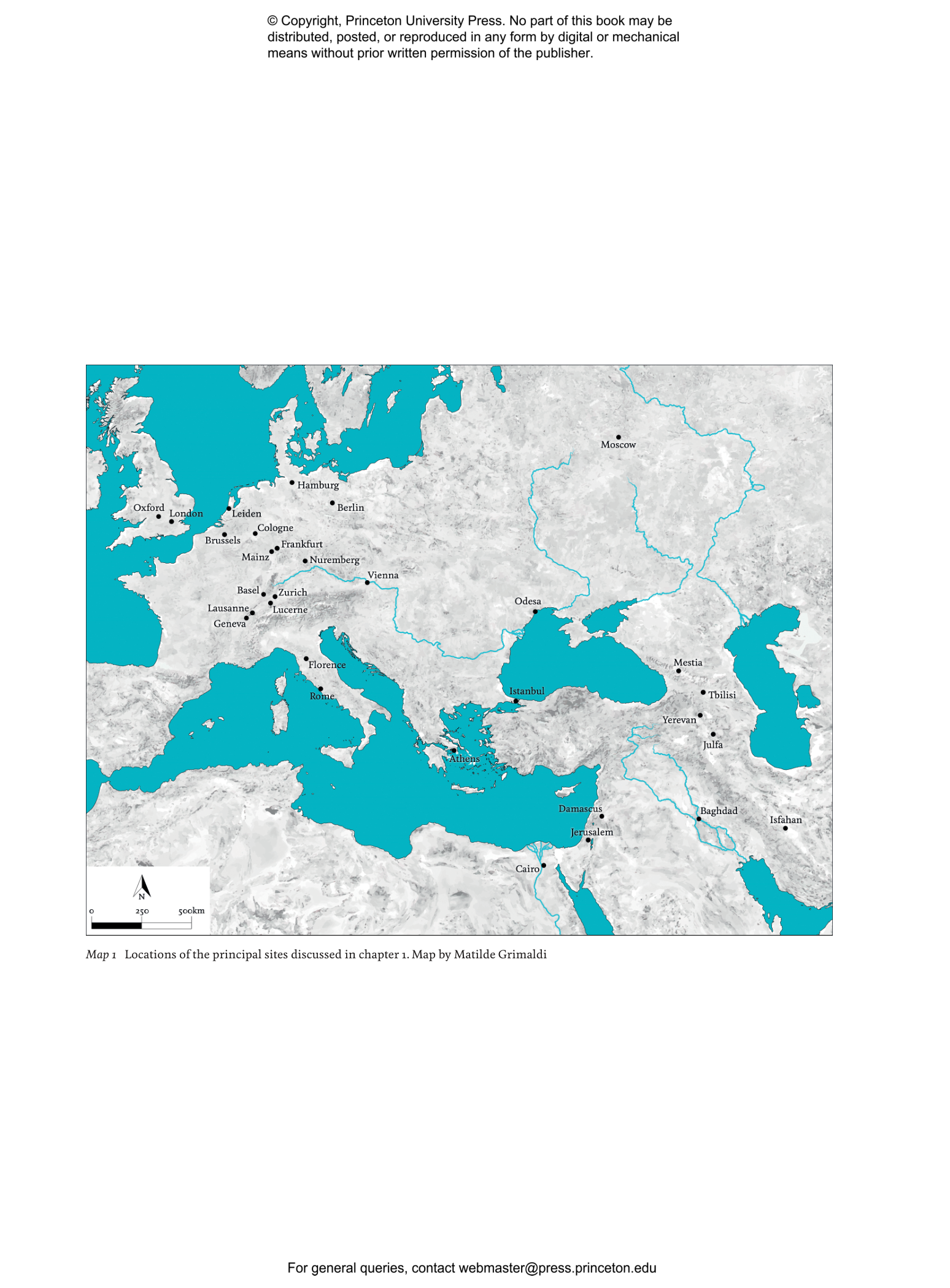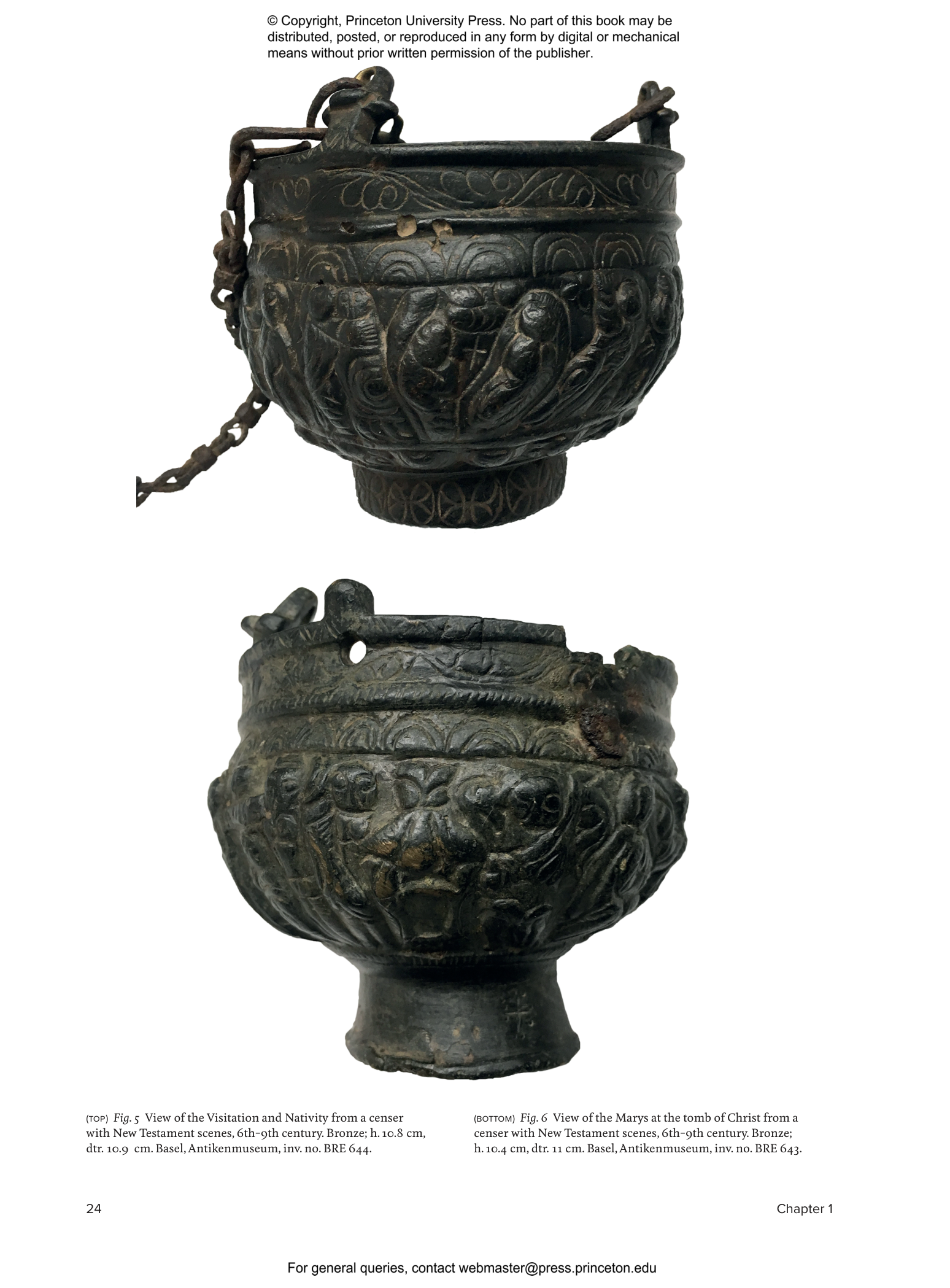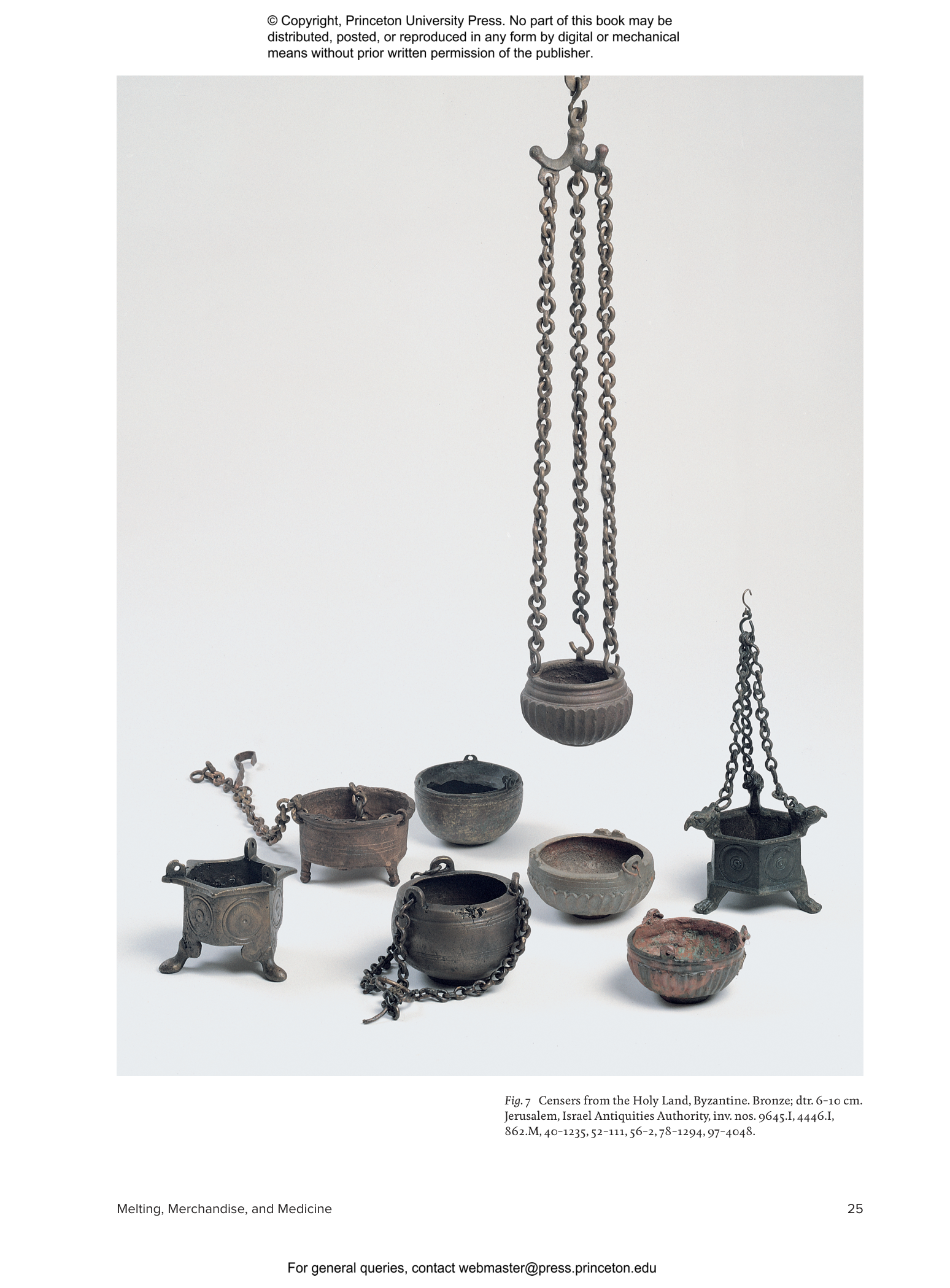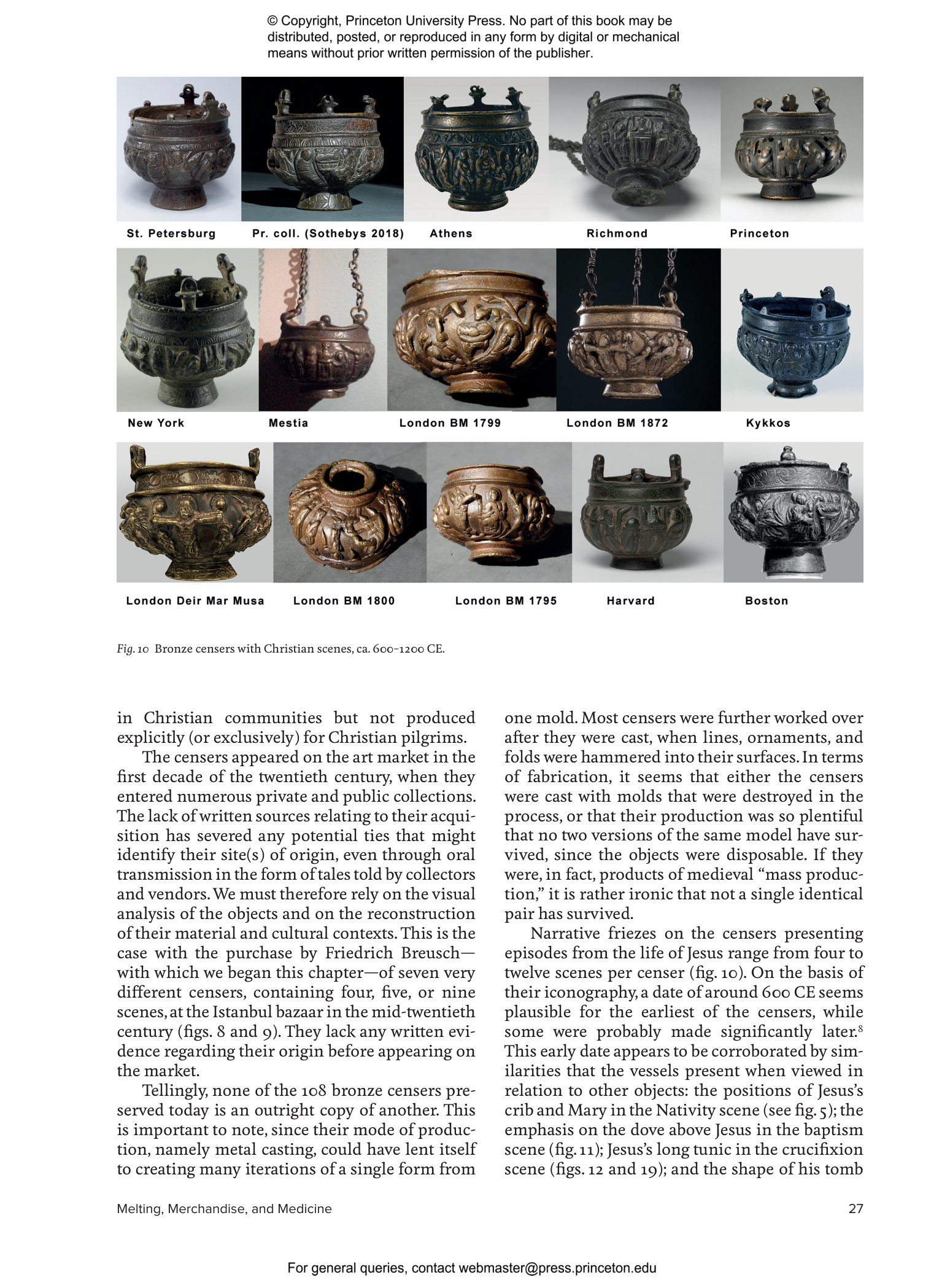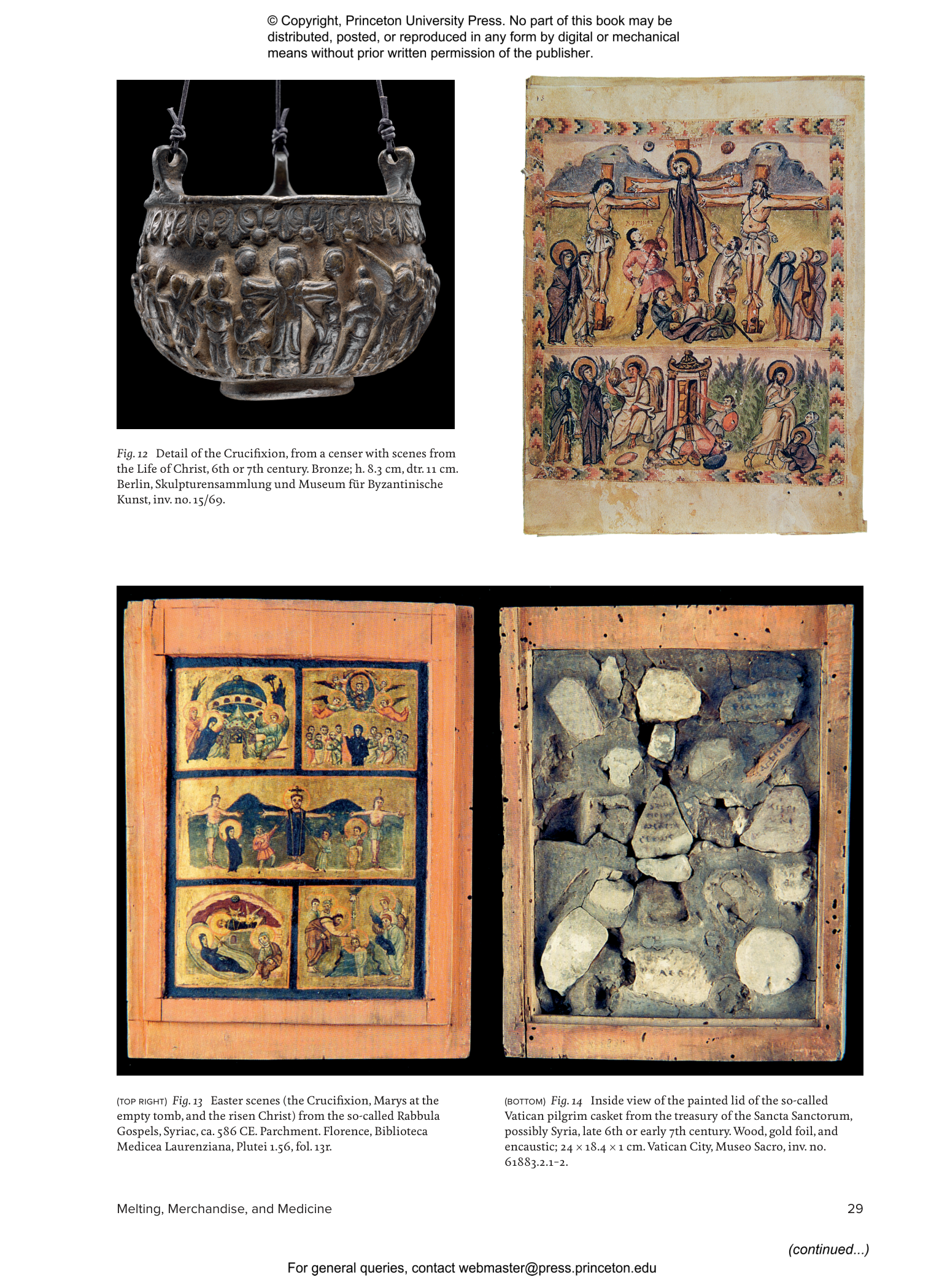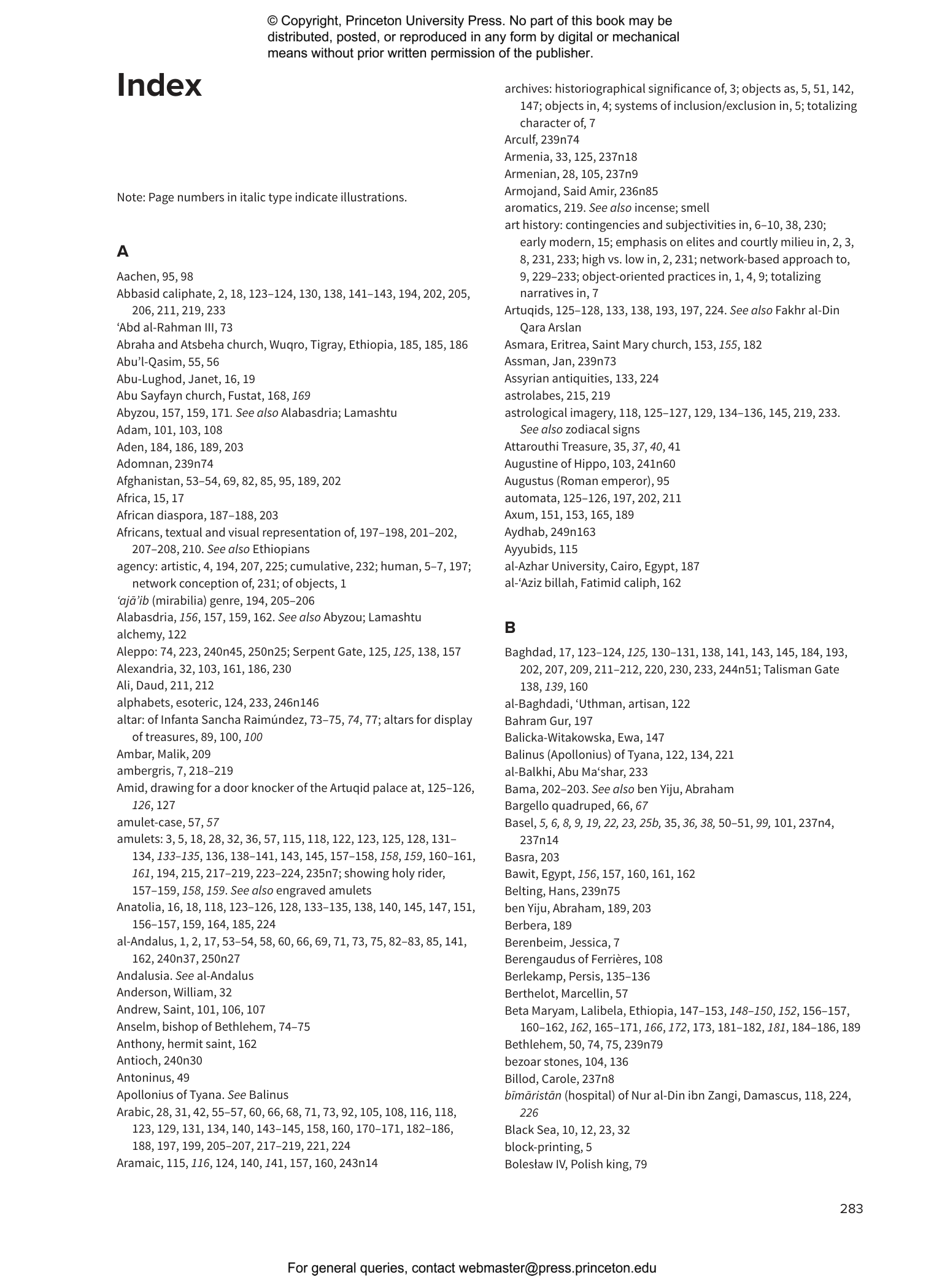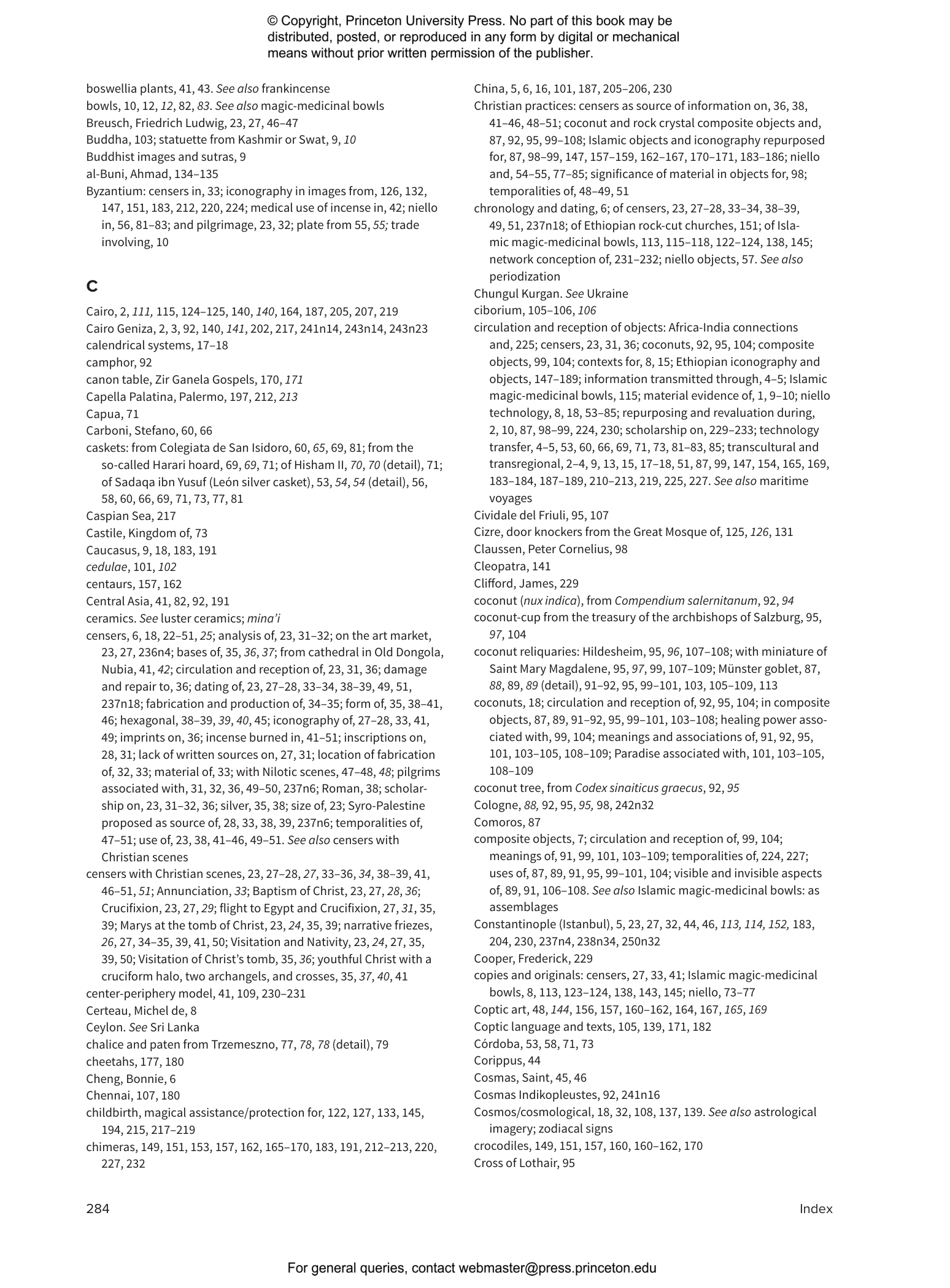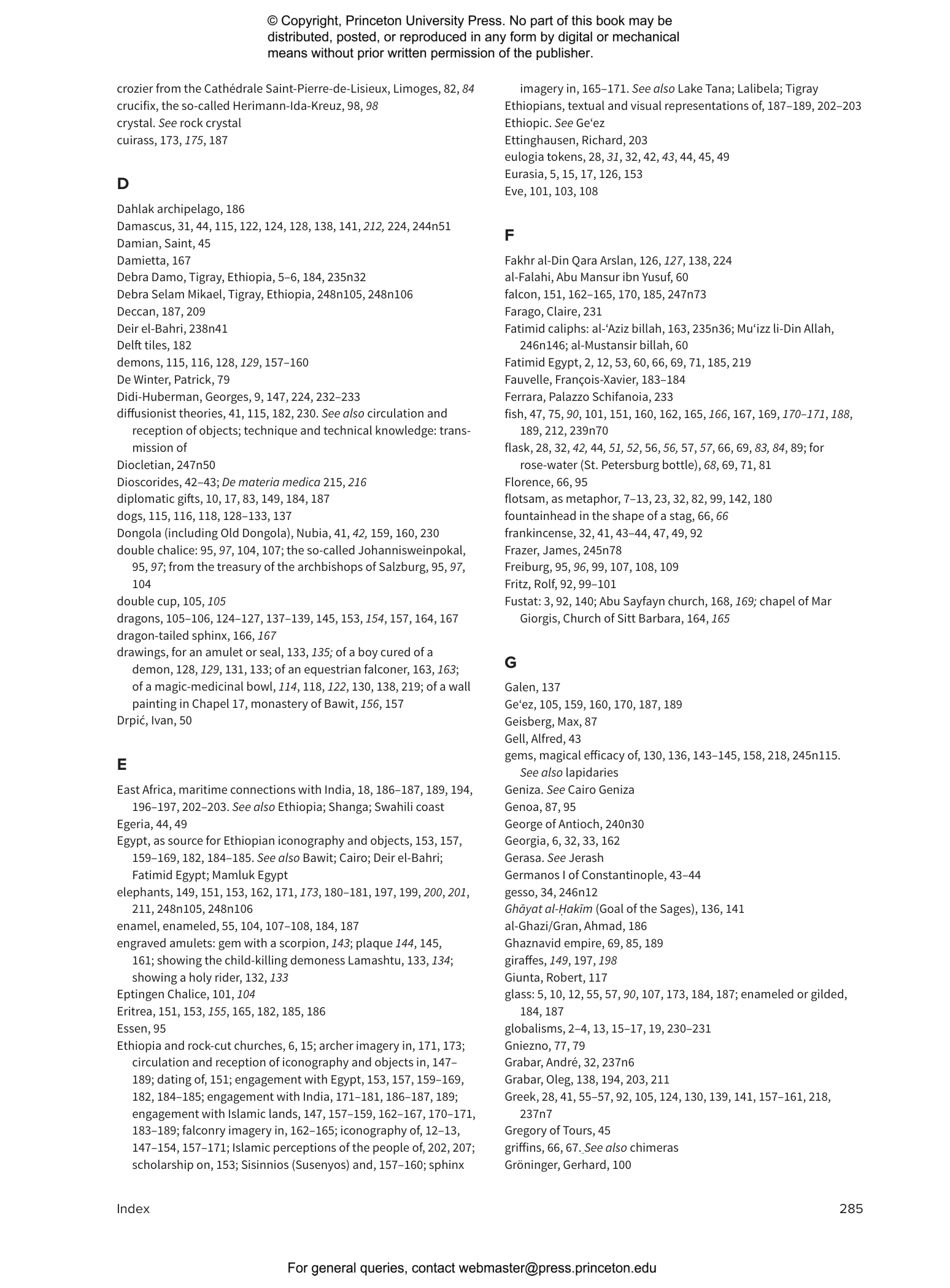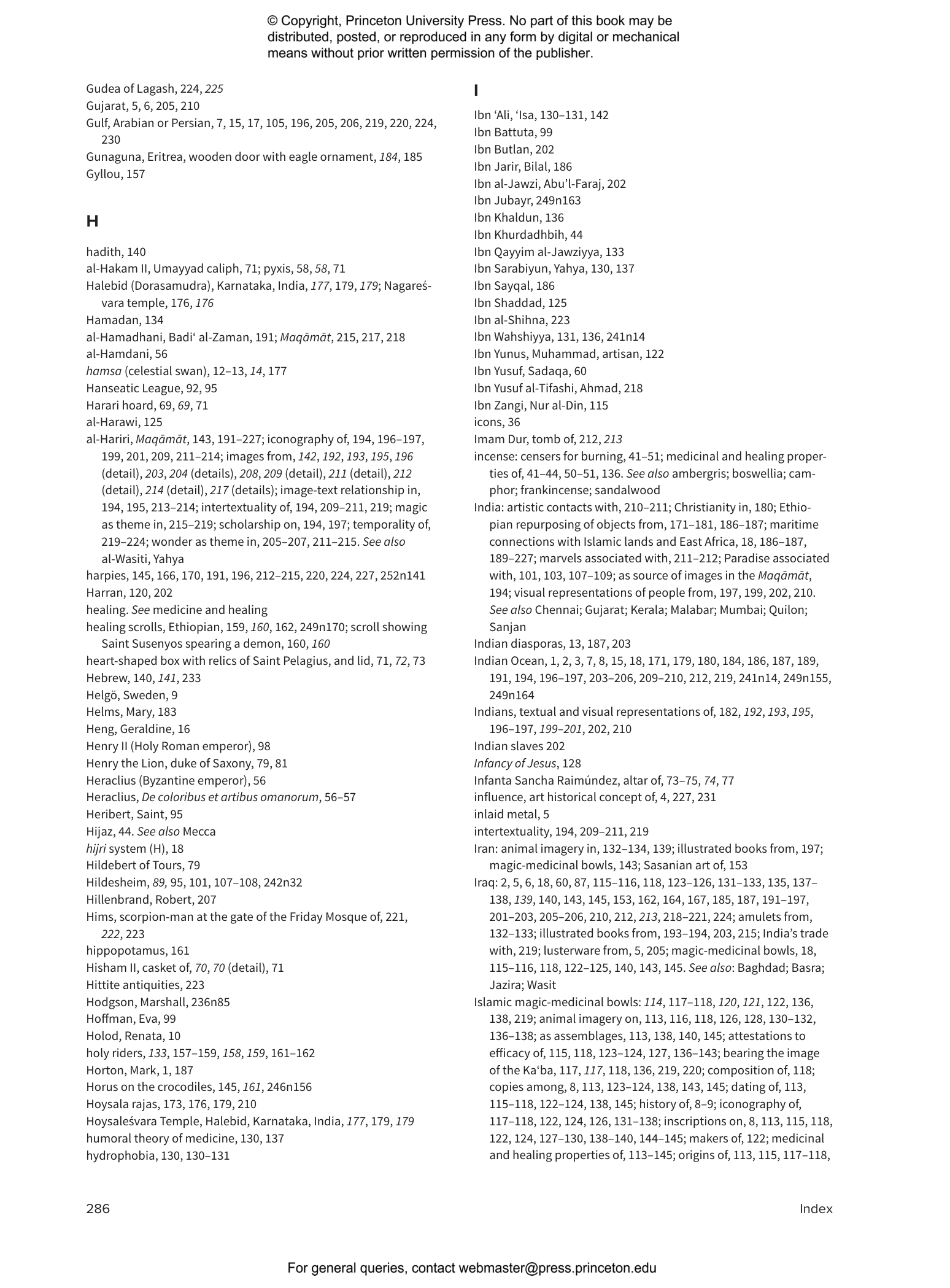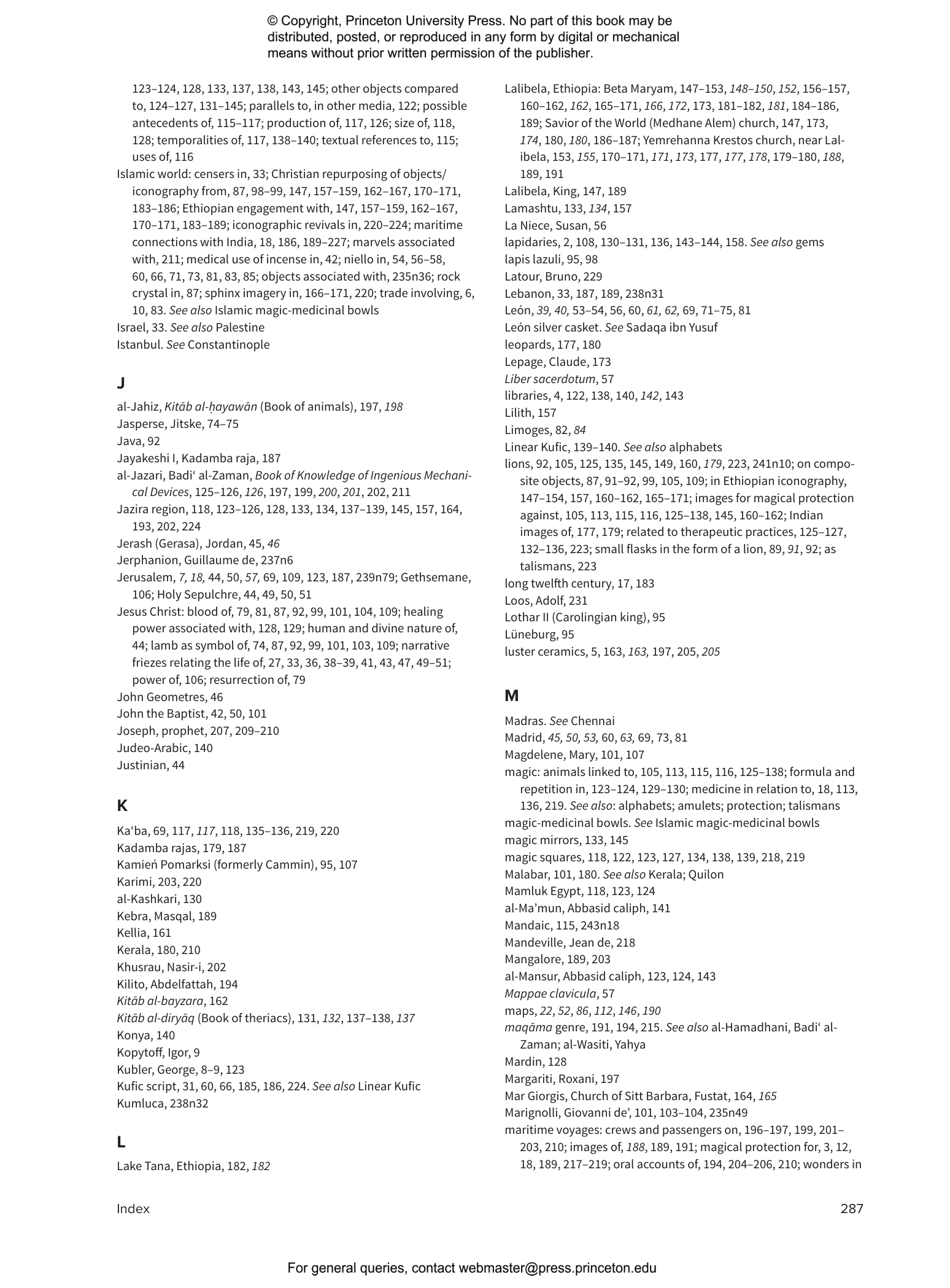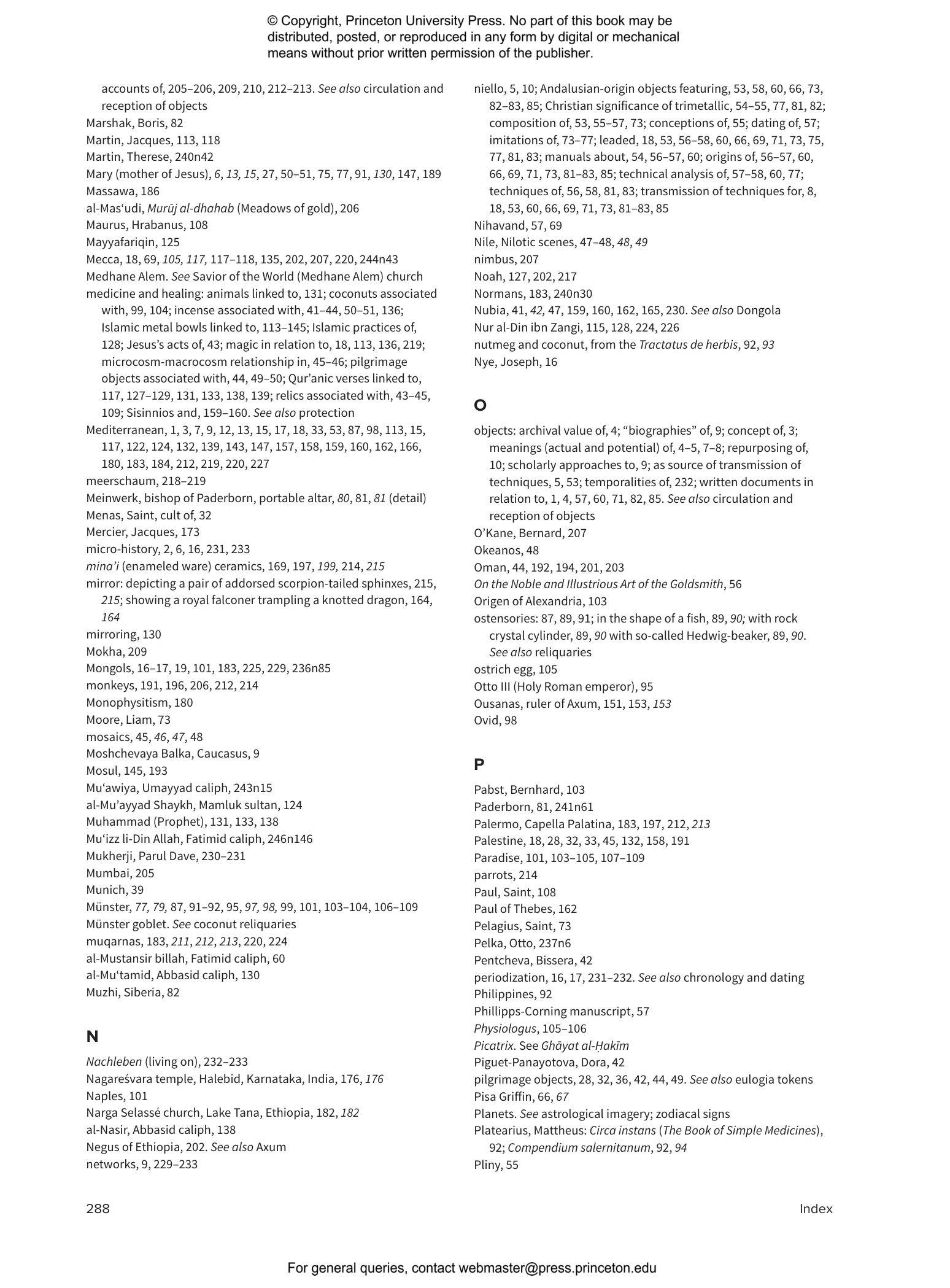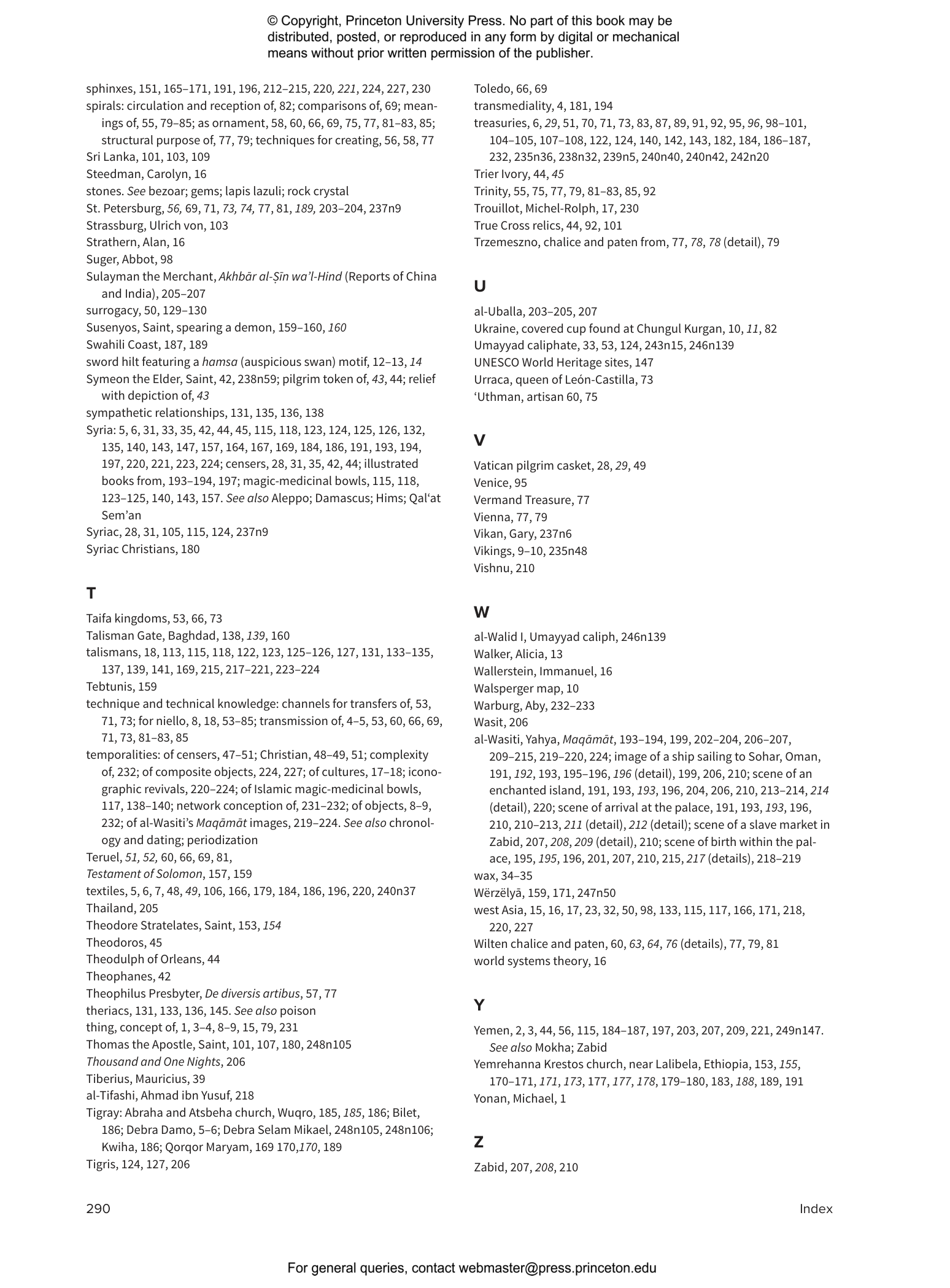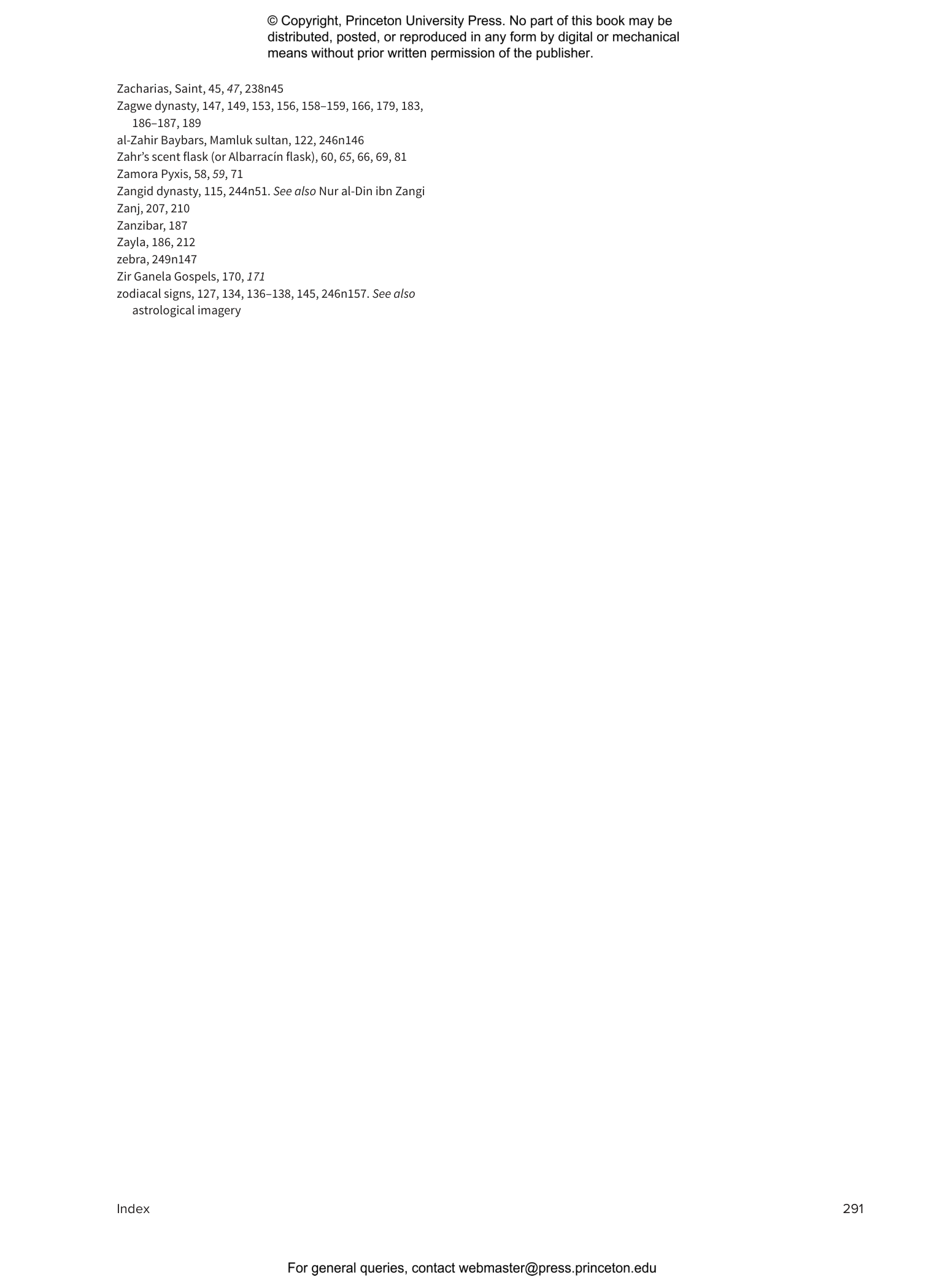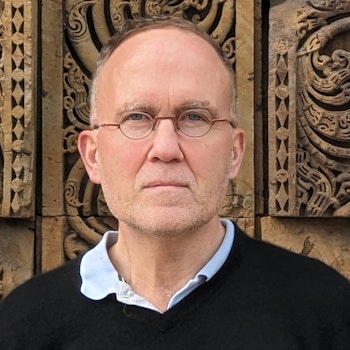Tales Things Tell offers new perspectives on histories of connectivity between Africa, Asia, and Europe in the period before the Mongol conquests of the thirteenth century. Reflected in objects and materials whose circulation and reception defined aesthetic, economic, and technological networks that existed outside established political and sectarian boundaries, many of these histories are not documented in the written sources on which historians usually rely. Tales Things Tell charts bold new directions in art history, making a compelling case for the archival value of mobile artifacts and images in reconstructing the past.
In this beautifully illustrated book, Finbarr Barry Flood and Beate Fricke present six illuminating case studies from the sixth to the thirteenth centuries to show how portable objects mediated the mobility of concepts, iconographies, and techniques. The case studies range from metalwork to stone reliefs, manuscript paintings, and objects using natural materials such as coconut and rock crystal. Whether as booty, commodities, gifts, or souvenirs, many of the objects discussed in Tales Things Tell functioned as sources of aesthetic, iconographic, or technical knowledge in the lands in which they came to rest. Remapping the histories of exchange between medieval Islam and Christendom, from Europe to the Indian Ocean, Tales Things Tell ventures beyond standard narratives drawn from written archival records to demonstrate the value of objects and images as documents of early globalisms.
Awards and Recognition
- Winner of the International Center of Medieval Art Book Prize
Finbarr Barry Flood is director of Silsila: Center for Material Histories and the William R. Kenan, Jr., Professor of the Humanities at New York University. His books include Objects of Translation: Material Culture and Medieval “Hindu-Muslim” Encounter (91ÌÒÉ«). Beate Fricke is professor of medieval art at the University of Bern in Switzerland. Her books include Fallen Idols, Risen Saints: Sainte Foy of Conques and the Revival of Monumental Sculpture in Medieval Art.
"A multifaceted, nuanced investigation of connections between medieval Europe, Africa, and Asia through objects, materials, and technologies. The authors strike a balance between texts and objects as primary sources, providing the reader with an exemplary methodological approach."—Choice
"Beate Fricke and Finbarr Barry Flood have made a major contribution to art history and the interdisciplinary practice of medieval studies with their eminently readable study, Tales Things Tell: Material Histories of Early Globalisms. . . . This text is already reconfiguring conversations in the discipline about how collaborative approaches to premodern material might transform our archives and their interpretation."—International Center of Medieval Art
“This is a marvelous book. Written by two great contemporary art historians of the Middle Ages at the top of their game, Tales Things Tell opens a window onto the material archive of movable objects that circulated within diverse trajectories of use and interest across medieval Afro-Eurasia, and does so with brilliance, depth, and care.”—JaÅ› Elsner, author of The Art of the Roman Empire
“Tales Things Tell makes a significant scholarly contribution across a range of art historical specializations, offering new interpretations of a broad range of little-studied objects, monuments, iconographies, and paintings of the long twelfth century.”—Elizabeth A. Lambourn, author of Abraham’s Luggage: A Social Life of Things in the Medieval Indian Ocean World
“Written by two eminent scholars in the field of medieval art and material culture across the globe, Tales Things Tell marks a high point in the discussion and consideration of the mobility of artifacts across regions and cultures. This is a highly original book, offering fresh research on a set of objects currently missing from the art historical canon.”—Ittai Weinryb author of The Bronze Object in the Middle Ages and curator of Agents of Faith: Votive Objects in Time and Place


